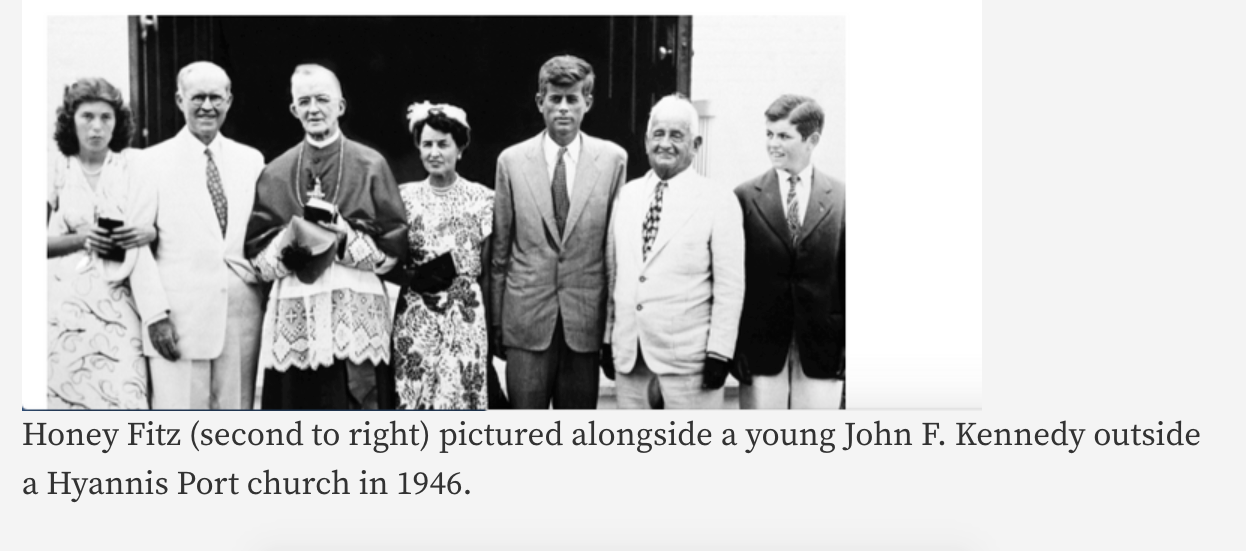

We all have seen the photos of JFK's Yacht, but something caught my eye while researching this history. Okay, maybe a LOT of somethings, but it was Well Worth going on these adventures down the rabbit hole!

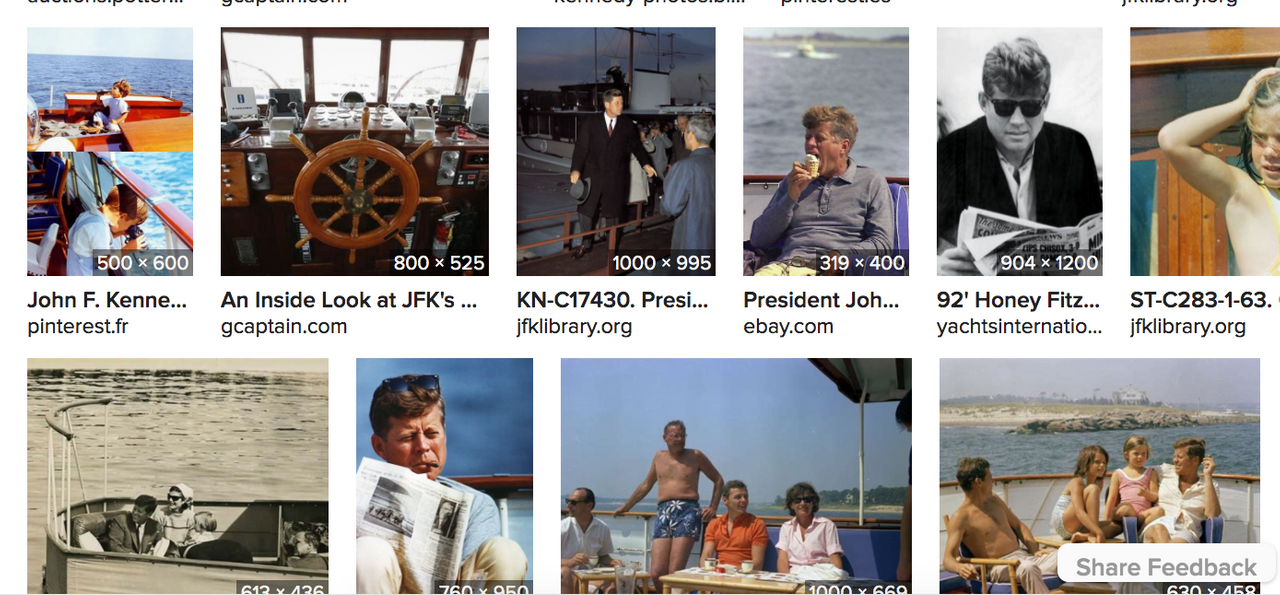
This is also interesting.

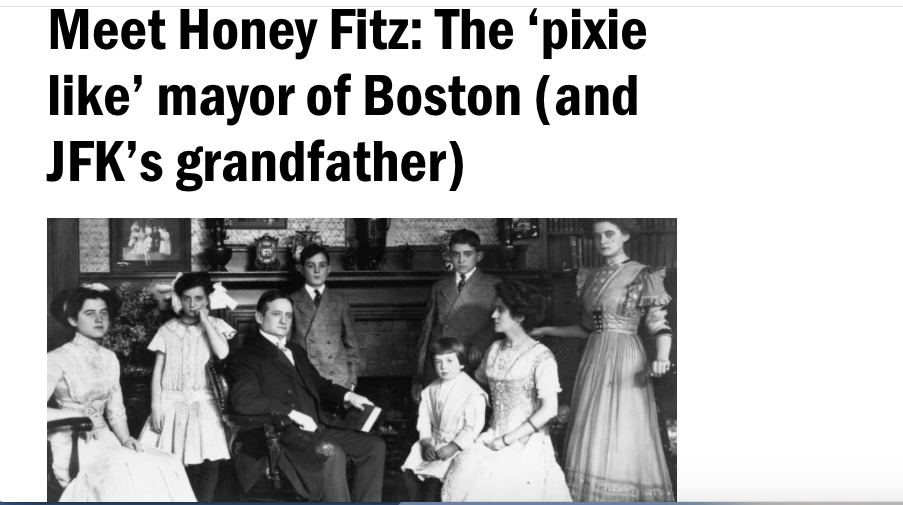
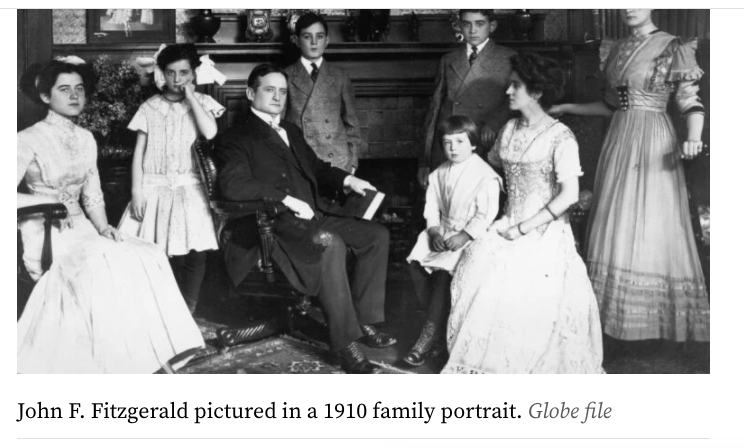
As reported in the Boston Globe,
The story of Kennedy’s birth and political ascent is well told. Less known, however, is the tale of the man he was named after, who helped establish Fenway Park during his tenure as mayor of Boston. Nicknamed “Honey Fitz” for his animated personality, the colorful John Francis Fitzgerald left an enduring mark on both his grandson and the city itself.
From poverty to political powerhouse
Fitzgerald was born in 1863, the son of poor Irish immigrants in the North End and the fourth of 12 children (three of whom died in infancy). His early friends knew him as “Johnnie Fitz” or “Fitzie,” historian Robert Dallek recalled in the Kennedy biography An Unfinished Life. According to the JFK National Historic Site, Fitzgerald was a competitive and entrepreneurial child, graduating from Boston Latin School and attending Harvard Medical School for a year, until his father died in 1885.
Fitzgerald returned home to support his family and went to work in Boston’s ward system, the transactional political network that wielded incredible power over the city at the time. From there, he worked his way up the ranks and eventually got into politics, winning a seat on the Boston Common Council in 1891, the state senate in 1892, and, at the age of just 31, in the U.S. House of Representatives in 1894.
As a congressman, Fitzgerald authored legislation to fund construction of Boston’s subway system and the Cape Cod Canal and battled anti-immigrant sentiment — even from within his state’s own delegation. He famously convinced President Grover Cleveland to veto a House-approved anti-immigration bill by fellow Bay Stater Sen. Henry Cabot Lodge. Fitzgerald later claimed the two political adversaries had the following exchange after he gave a speech rebuking the Republican senator:
“You are an impudent young man,” Lodge reportedly said, after running into Fitzgerald in the halls of the Capitol. “Do you think the Jews and Italians have any right in this country?”
“As much as your father or mine,” Fitzgerald, the son of immigrants, replied. “It was only a difference of a few ships.”
After three terms in Congress, Fitzgerald decided not to run for re-election. Instead, he launched a bid to be mayor of Boston. His populist 1905 campaign — with slogans like “The People Not the Boss Should Rule” and “Bigger, Better Boston, Busier Boston” — ironically condemned the very ward system he came from and carried him to victory in a hotly contested Democratic primary against an establishment-backed opponent. He went on to win in the general election as well, presciently declaring the victory as a “first hurrah for the dynasty to come.”
By all accounts, Fitzgerald had an outgoing, colorful personality.
“A pixie like character with florid face, bright eyes, and sandy hair, he was a showman who could have had a career in vaudeville,” Dallek wrote in his book.
His demeanor eventually earned him the nickname “Honey Fitz,” as did his penchant for breaking into song at social events. According to Dallek, Fitzgerald “gained a reputation as the only politician who could sing [the popular barbershop ballad] Sweet Adeline sober and get away with it.”
“His name was Honey Fitz because he was a smooth talker and lived to sing,” said Jim Roberts, the supervisory park ranger of the JFK National Historic Site in Brookline. Dallek said Fitzgerald’s personality made him a “natural politician.”
Fitzgerald had six children with his wife (and second cousin) Mary Josephine Hannon. The oldest, Rose, would go on to marry Joseph P. Kennedy, whom she had first met as a teen during family vacations in Maine, according to the JFK Library.
Fitzgerald was reportedly upset that the couple’s firstborn son, Joe Kennedy Jr., was not named after him. Nevertheless, according to Doris Kearns Goodwin’s book The Fitzgeralds and the Kennedys, he proudly informed the local press that his grandson would go on to become the first Irish-Catholic president of the United States.
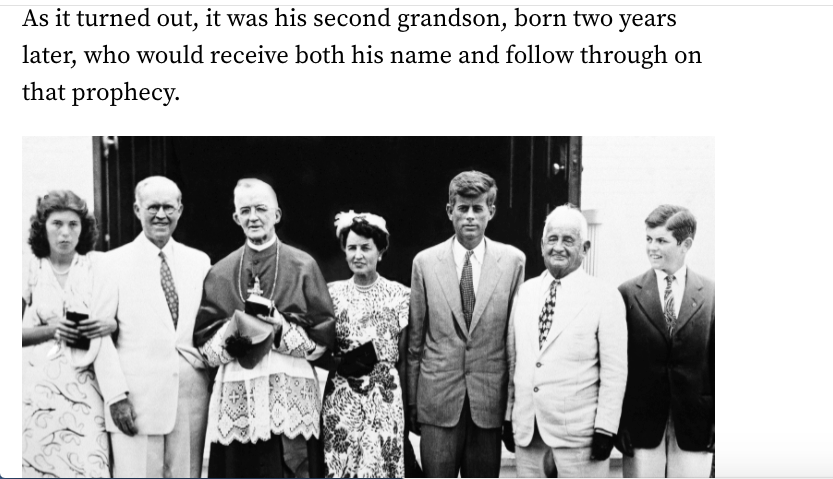
Honey Fitz (second to right) pictured alongside a young John F. Kennedy outside a Hyannis Port church in 1946.
According to Roberts, Fitzgerald wielded great clout over John Fitzgerald Kennedy through his mother, who meticulously raised her children and served as their earliest teacher of cultural and political values.
“[Fitzgerald] is said to have had the most political influence over JFK,” Roberts said.
He also helped save the future president’s life.
At the age of 2 in Feburary 1920, Kennedy nearly died from a bout with scarlet fever. And since the family lived in Brookline, he wasn’t allowed to be admitted to the area’s best hospital, Boston City Hospital, which was only available to city residents at the time. But according to Roberts, Fitzgerald was able to “pull some strings” and persuaded the hospital to admit his grandson.
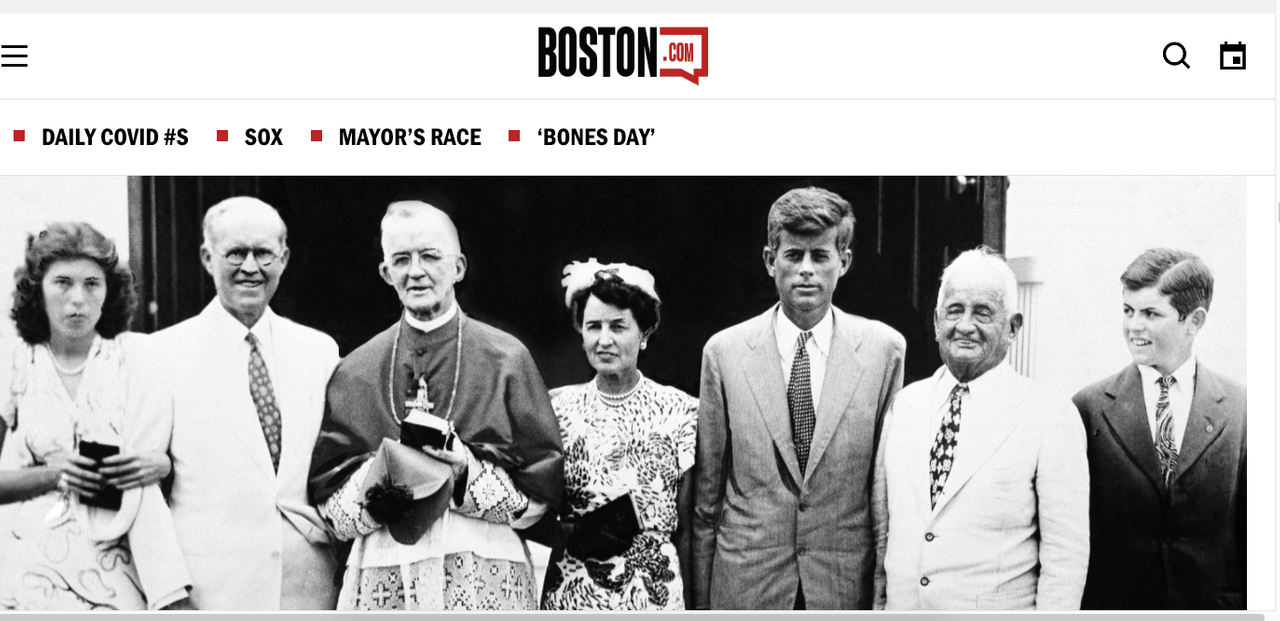
Though he remained popular, Fitzgerald’s public service career was on the decline.He lost to Lodge in the 1916 senate race. He ran for mayor again in both 1917 and 1925, losing both times. He twice ran for governor and lost, before running for Senate again in his late-70s in 1942 and losing in the Democratic primary. Fitzgerald did briefly serve in the House again after a tightly won 1918 race, but a recount overturned the election after an investigation found voter fraud by allies of the Democrat, according to Boston Globe reports from the archives.
Despite his own mixed campaign record, Honey Fitz was instrumental in launching his 28-year-old grandson’s start in politics.
“[Fitzgerald] was very much concerned about young John being a candidate for public office,” John F. Cahill, the chair of the state Democratic Party at the time, later said in a 1967 interview. According to Cahill, Fitzgerald lived near the party’s offices in Boston and consistently nagged the party chair about putting his son in a good position to run.
“He’d come in every day, as sure as another morning would come, and want to know if I’d done anything for young John,” Cahill said.
After a few meetings with Kennedy and some local political jockeying, it was decided he would run for Congress in the crowded 1946 Democratic primary field for the open 11th district seat. According to Roberts, the 83-year-old Fitzgerald actively campaigned for his grandson at rallies and out on the streets.
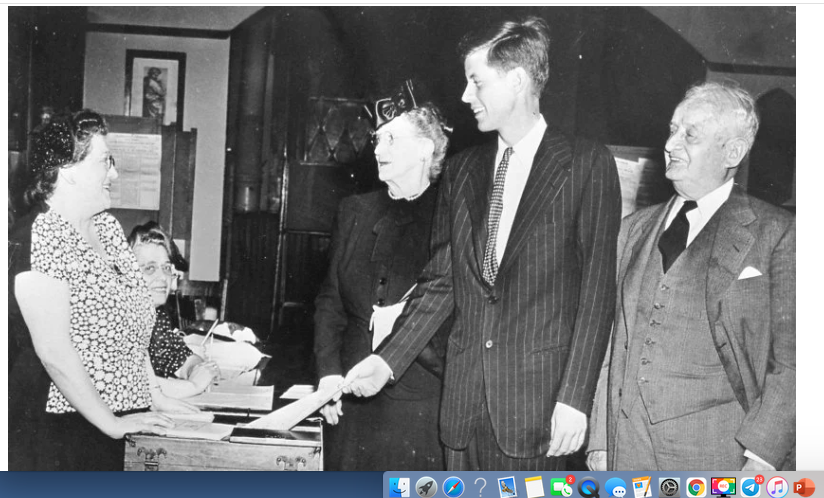
Congressional candidate John F. Kennedy votes with his grandparents, “Honey Fitz” and Mary H. Fitzgerald, during the state Democratic primary in June 1946.
But Fitzgerald never got to see the height of his grandson’s career. Kennedy was elected to the Senate in 1952 (defeating Lodge’s son, the incumbent), before winning the 1960 presidential election. Honey Fitz, however, died in 1950 at the age of 87.
According to the JFK Historic Site, more than 3,500 mourners crowded into Boston’s Cathedral of the Holy Cross for his funeral and sang his beloved Sweet Adeline as his casket was carried down the steps.
Sweet Adeline - Barbershop Quartet (Julien Neel)

Sweet Adeline - The Mills Brothers (1939)

“All his life he had loved his city of Boston and now Boston was returning that love,” Kennedy later told one of his late grandfather’s friends, according to Kearns Goodwin’s book.
“Fitzgerald followers have often speculated upon what might have been the scope of their idol’s career locally and maybe in the national sphere had not [it been for Curley],” The Boston Globe wrote upon his death in 1950, referring to fellow local political titan, James Michael Curley.
Shortly after his death, state officials named the newly constructed Central Artery in Boston the John F. Fitzgerald Expressway. A decade later, Kennedy renamed the presidential yacht, which the family frequently used during vacations on the Cape, the “Honey Fitz.”
Now back to that McAfee drop,

IOIO
In dealing with McAfee info it would remind one of 1's and 0's possibly as Binary language of computers is defined as a combination of zeros and ones, which forms the most fundamental layer of information that is stored in computing systems.


Binary works in a similar to base 10 with each digit being worth two times more than the last.
A regular computer does everything based on micro transistors which are simply tiny switches that can be on or off.
They can be flipped on or off with a very weak electrical charge.
The first goal was to get computers to count by using these switches.
Clearly a tally system would not be efficient, so with on or off, binary was the obvious option where your placement of digits is base 2.
With a tally system you could only go as high as 8 for a number.
But with binary, you can represent a number as high as 255.
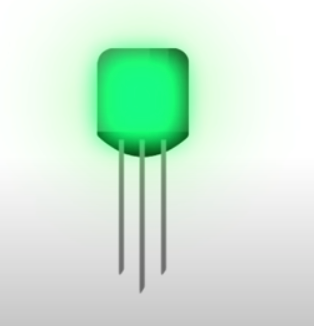
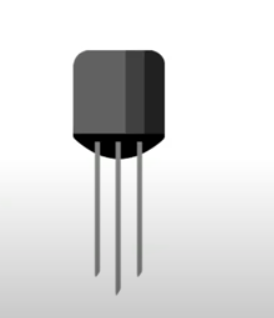
1 is on
0 is off
Each single transistor is known as a bit.
This stands for BInary digiT.
A Byte is 8 of these bits in a row which stands for any number between 0 and 255.
Spelling in binary is actually spelling with ASCII.
American
Standard
Code
Information
Interchange
It is a way to convert a computers data, which can only be in numbers and turn them into letters so humans have an easier time seeing the information.
ASCII assigns a character to each value represented by a byte of binary.
8 digits to work with
which can represent up to 255 values
this gave ASCII 255 letters and symbols to choose from.
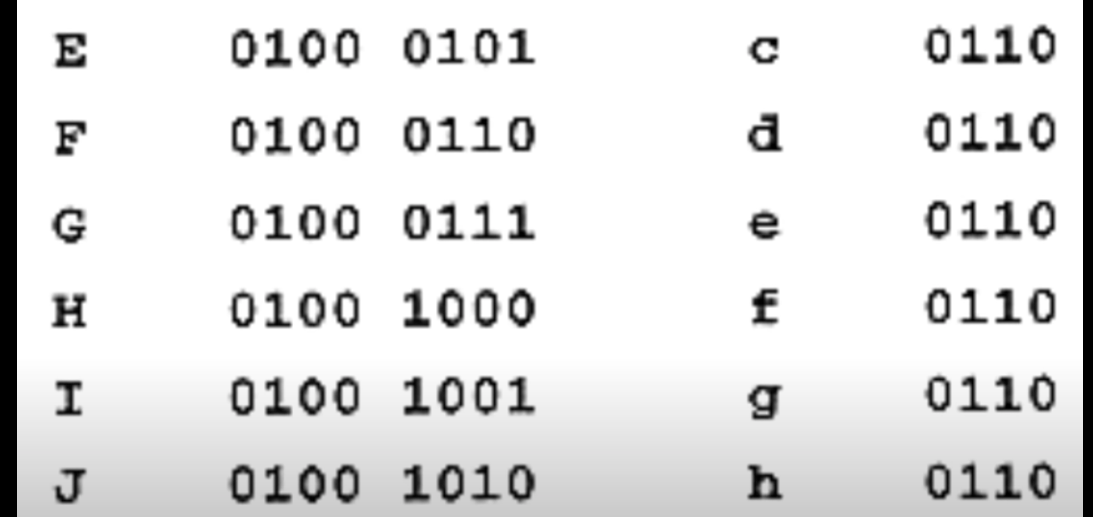
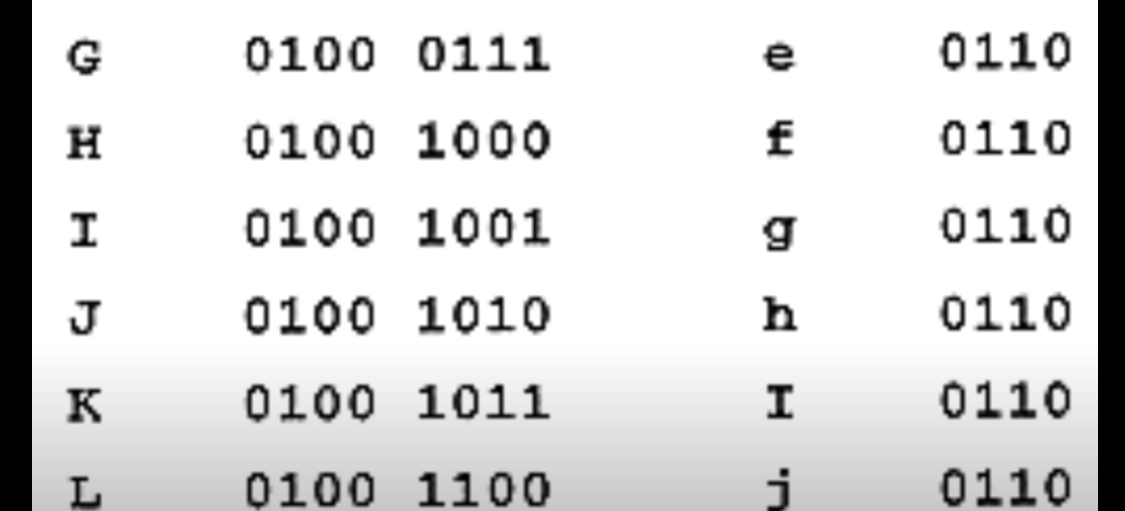
Here is the ASCII value of capitol A which is 65
Note what it is in binary.
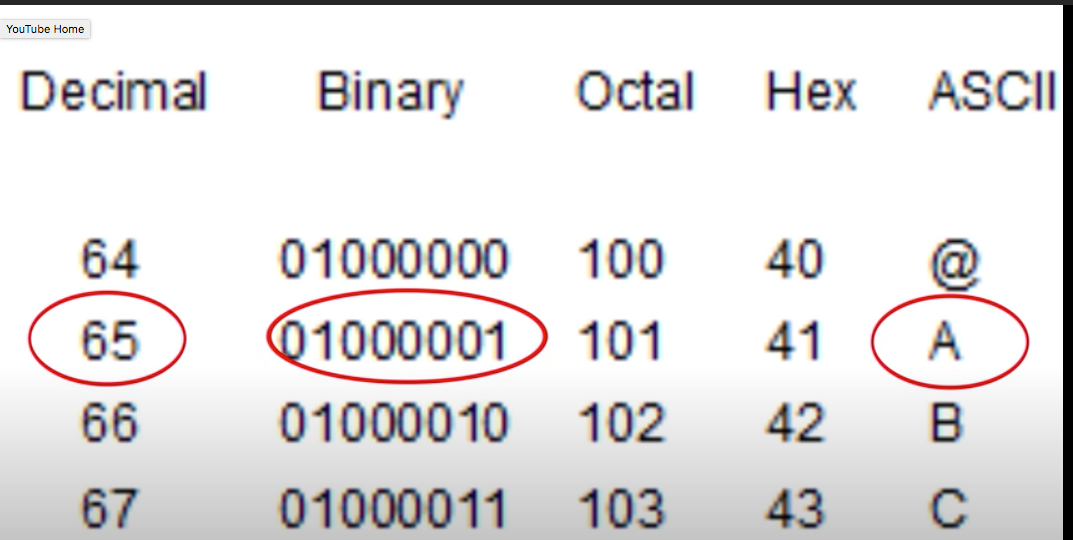
Here is the code behind it and the off on sequence of the pattern of transistors behind it.
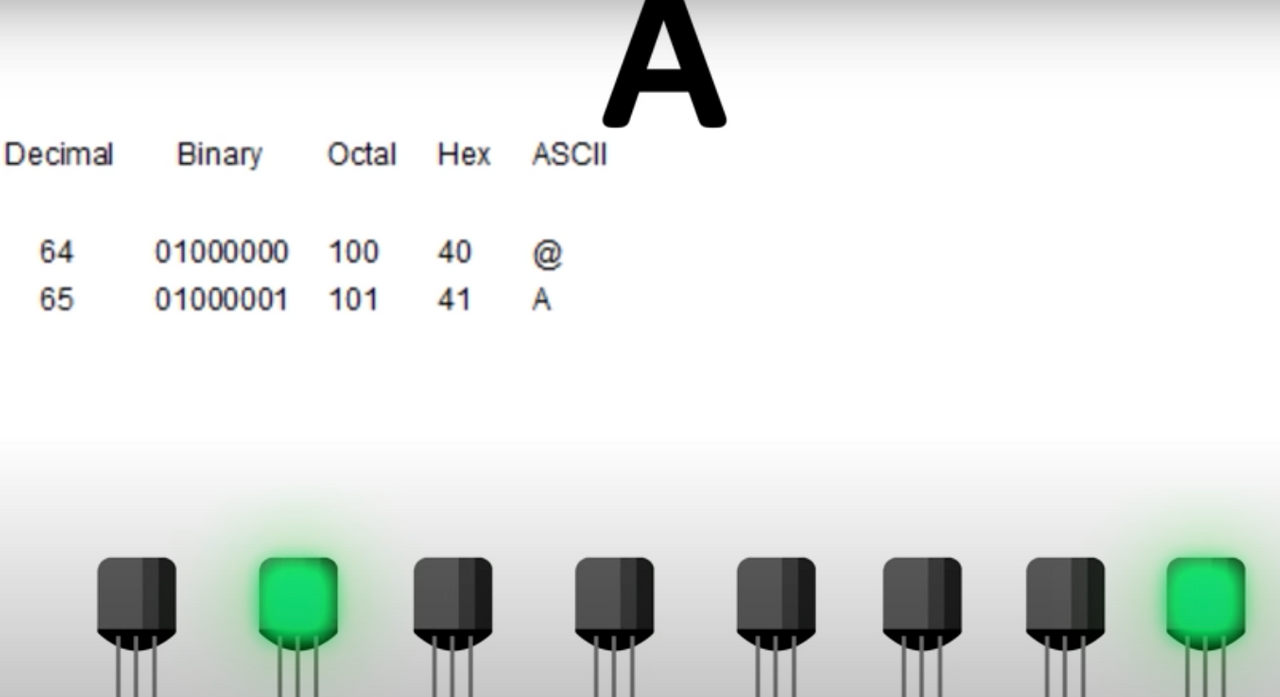
As you have likely already guessed, there is a great deal involved behind the scenes of updating your status on various platforms, not to mention the amount of coding that is involved.

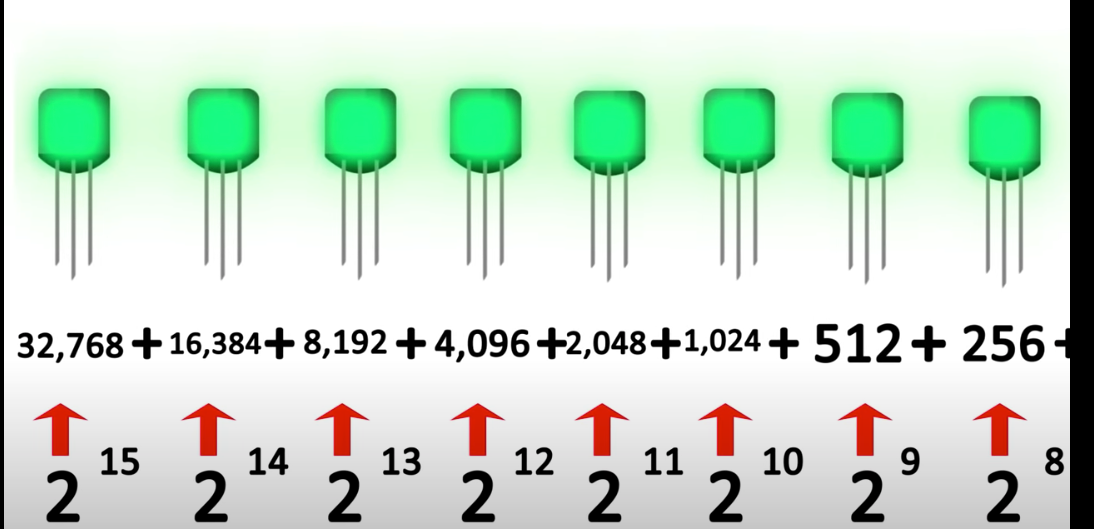
Now of course hard drives store binary digits on a spinning disc rather than on transistors.
As a side note, this is the song they got from a computer decades ago.
First song a computer sang?
Clearly at some point it became evident to do 3d gaming and other operations 255 just wasn't going to be enough.
Even adding 4 bytes together was only 1020 possible values.
Solution? New computers were designed to recognize 2 bytes as One Single Number.
Now computers could reference 2 lines rather than just one.
This went up all the way to 2 to the power of 15.

So 16 digits worth of binary increased the amount of representable numbers at an Exponential level.
Jumped from 255 possible outcomes to 65,535 outcomes.
So this is one of the big differences between 8 bit and 16 bit.
This does not always mean the 16 bit is more powerful as not all power is always used in programs, but it means it has the capacity or option if needed.
As many of you already are aware, the computers use these numbers to determine which pixel is what color on your screen.

IBM 7094 first computer to sing in 1961
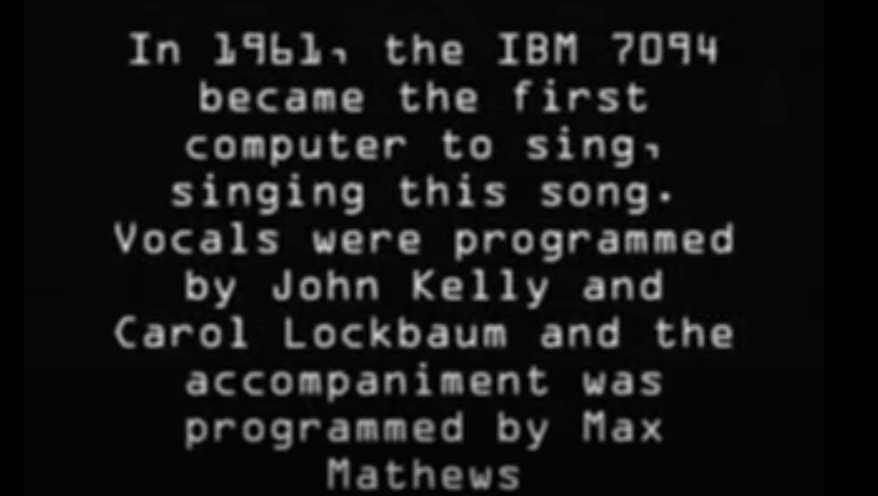
First computer to sing - Daisy Bell


'Daisy Bell' - Original 1894 Phonograph Recording with Lyrics
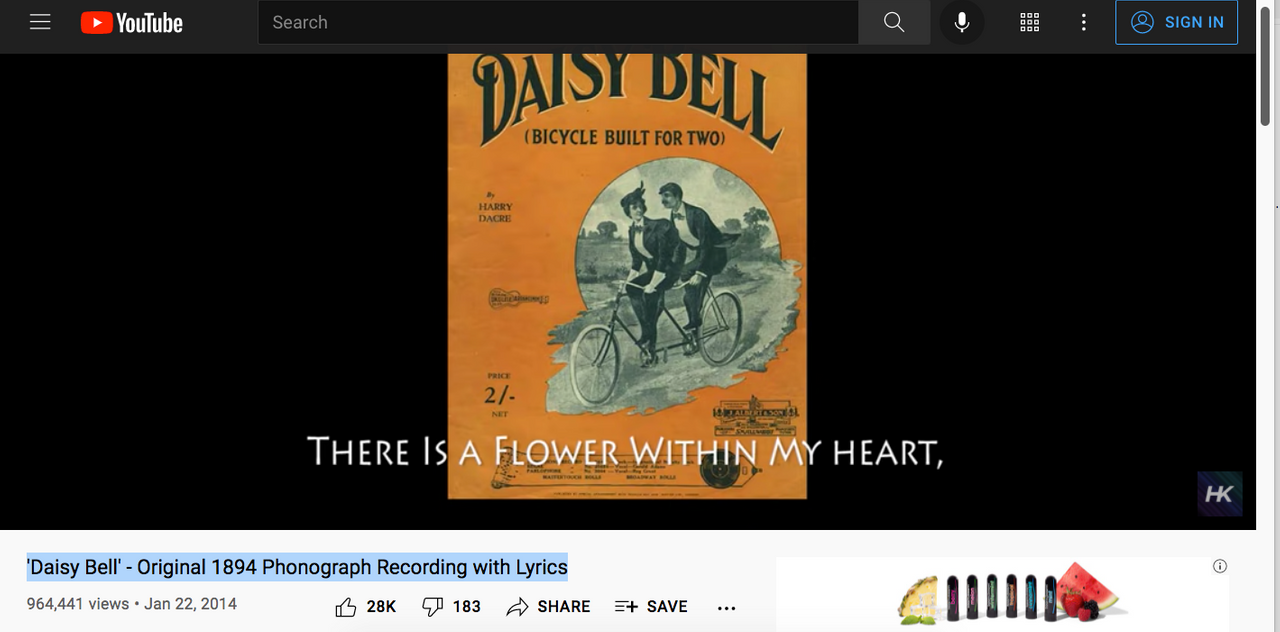

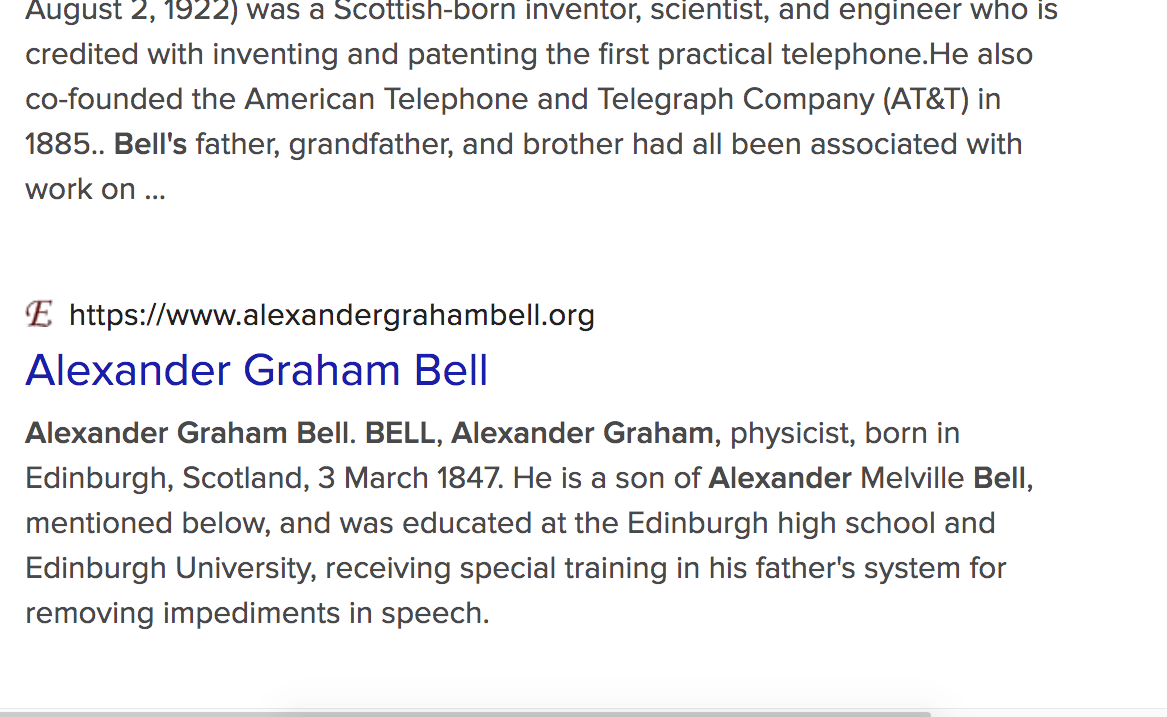
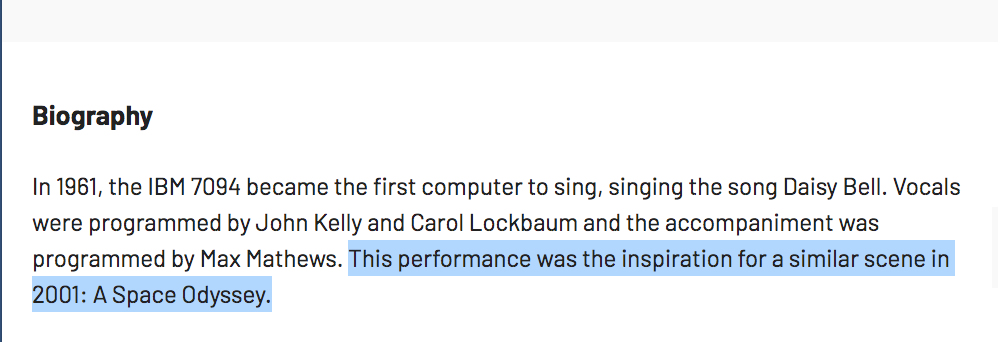
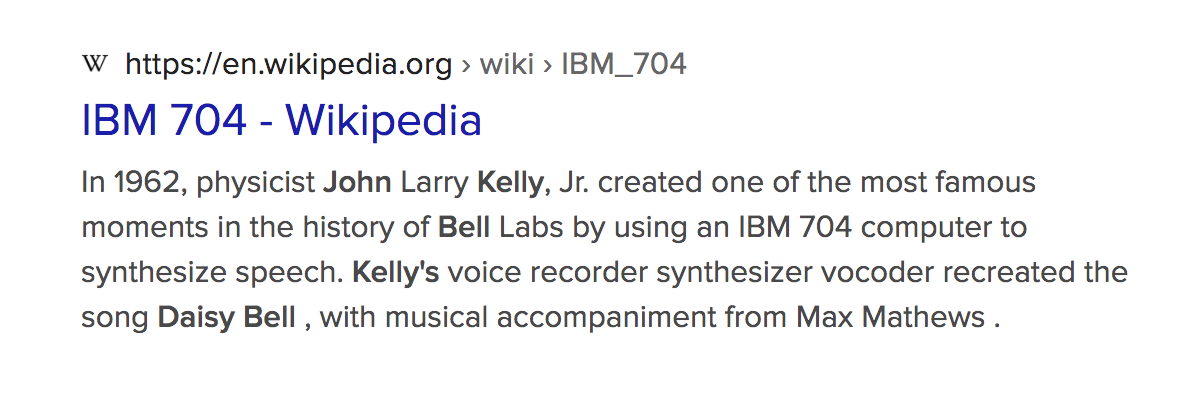

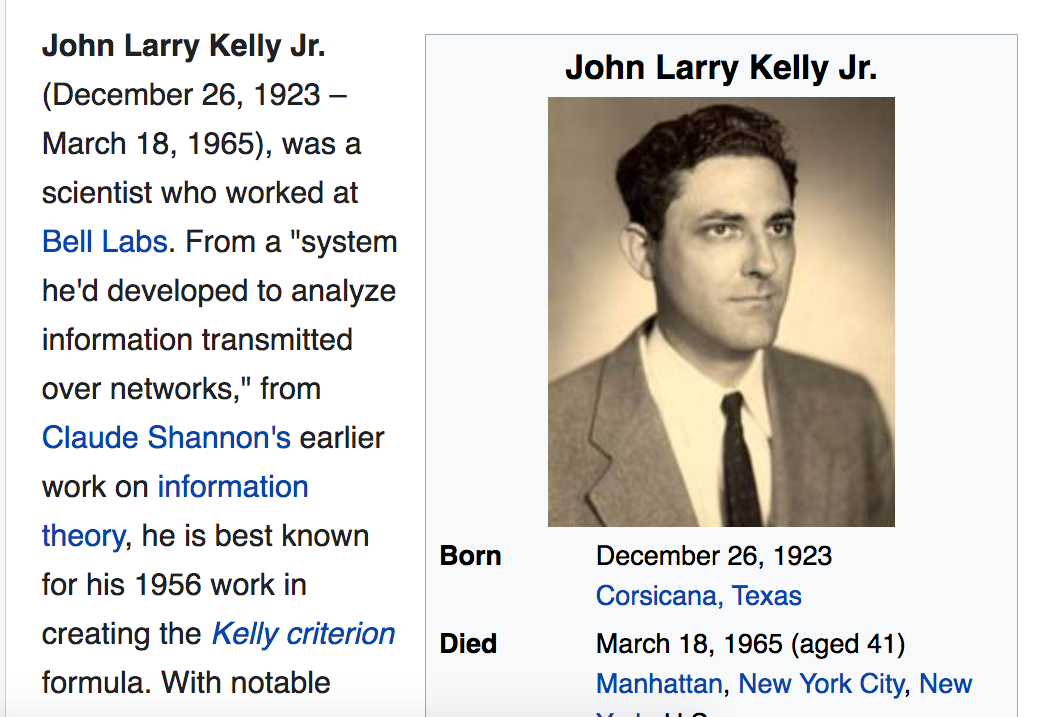
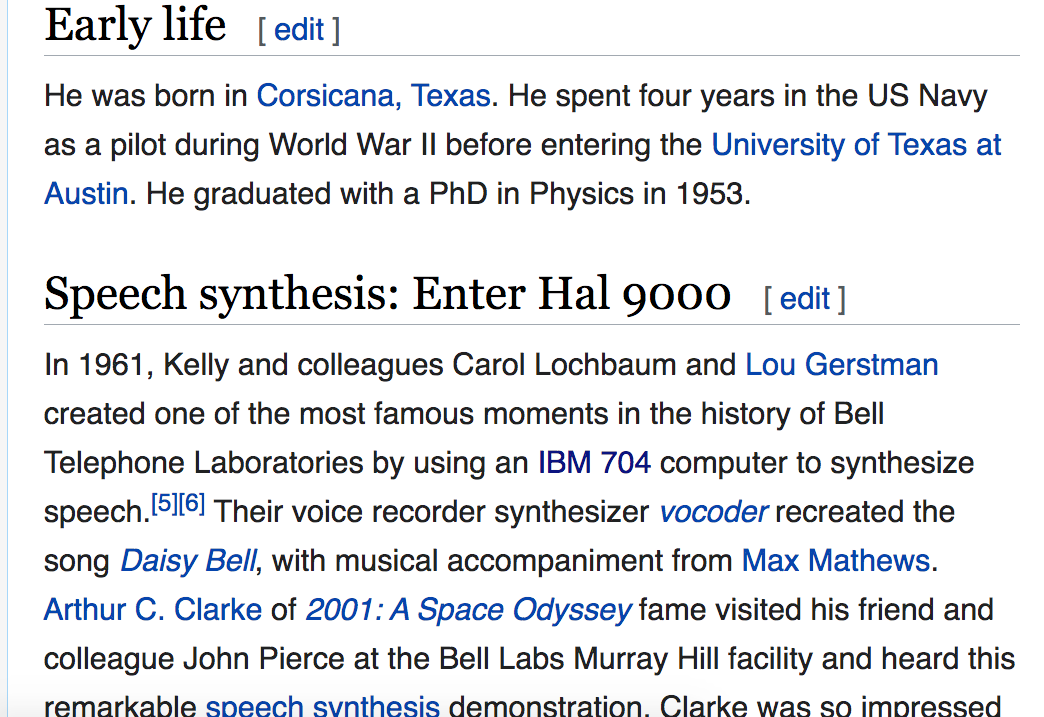

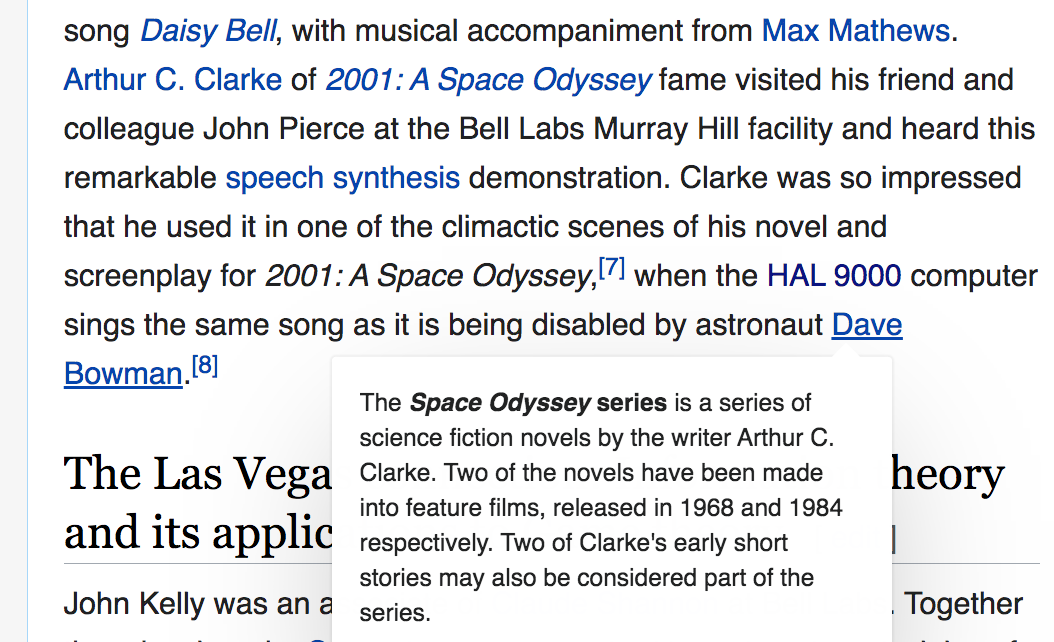
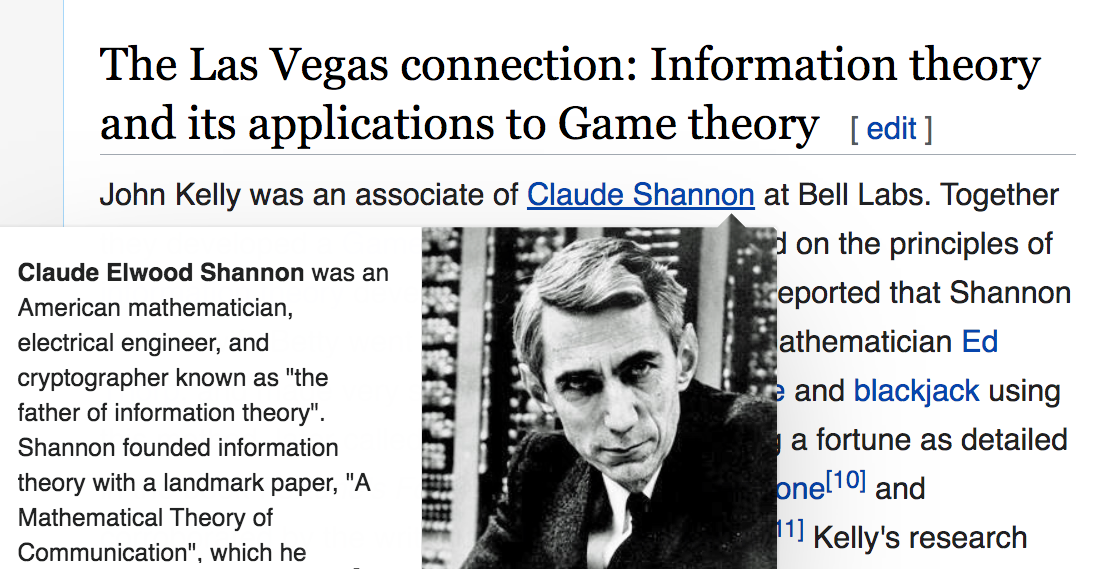
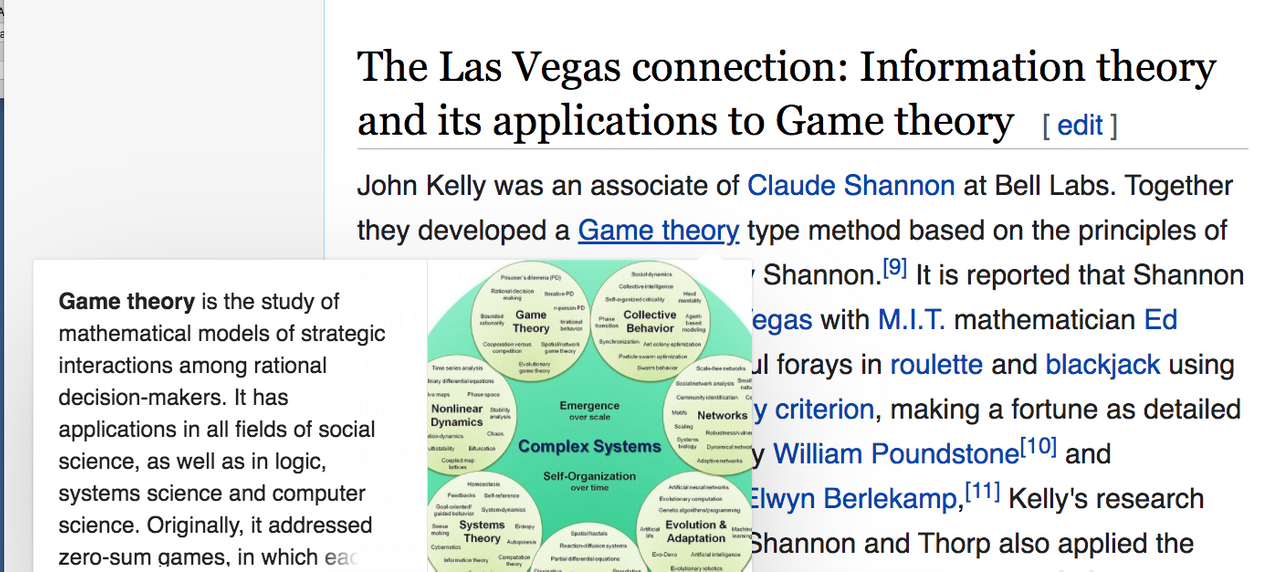
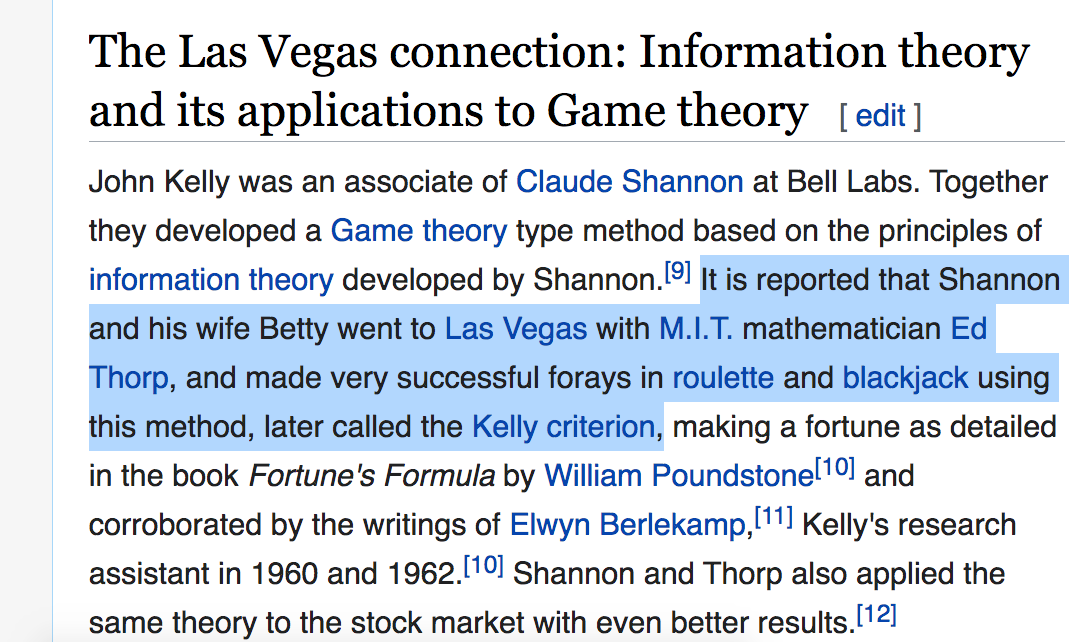
Gaming out much?
How useful is this info in the hands of the Controllers? You decide!
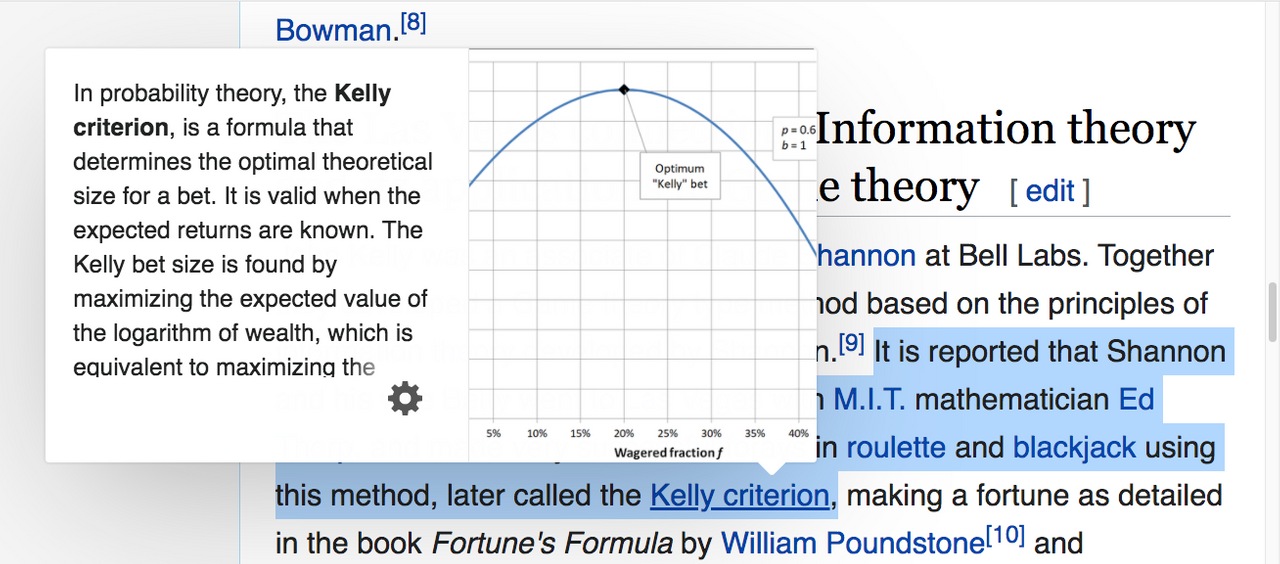
So their Secret Formula?
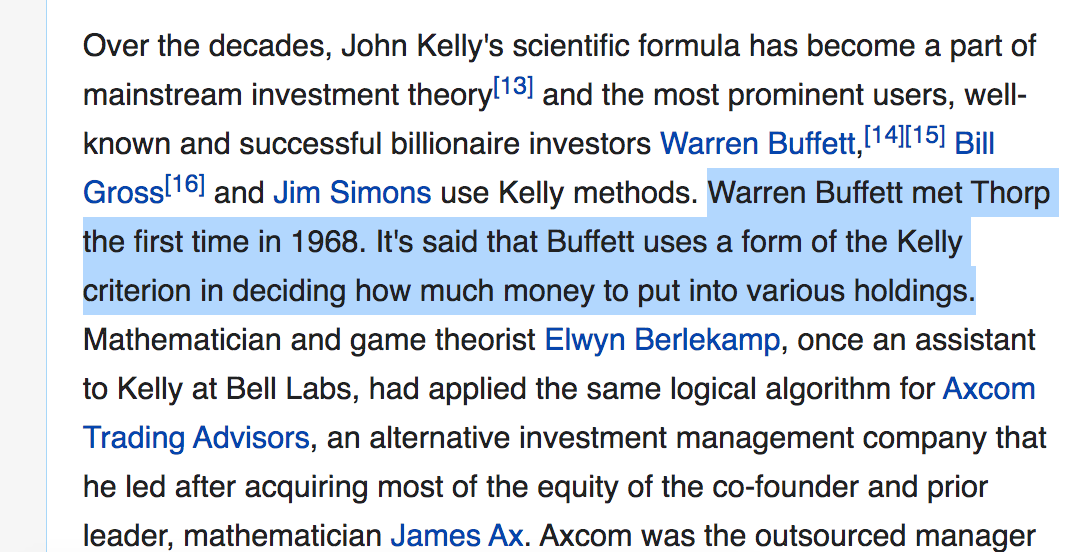

According to a local gov doc,
“Daisy Bell (Bicycle Built for Two)”—Max Mathews,
John L. Kelly, Jr., and Carol Lochbaum (1961)
Added to the National Registry: 2009
John L. Kelly (1923-1965), described as a “Texas-born, gun-toting physicist” by one author,
spent four years in the Navy during WWII before earning a Ph.D. in Physics from the University
of Texas at Austin. At Bell Labs, he worked extensively with the Vocoder (voice encoder), a
device, as its name suggests, designed to encode the human voice. Later, Kelly became
interested in game theory and probability. In concert with Bell Labs associate Claude Shannon,
he developed the Kelly Criterion, an information theory that can be applied, often quite
profitably, to Las Vegas betting and the New York stock exchange.
Max Mathews (1926-2011) had studied electrical engineering at the California Institute of
Technology and earned a doctorate from the Massachusetts Institute of Technology before going to work for Bell Labs in 1955. There, he was mentored by John R. Pierce and worked with
composer James Tenney on issues related to voice synthesis and computer music. Early in his
tenure, Mathews became interested in converting analog information into digital forms. In 1957,
he wrote the first version of MUSIC, the first popular computer program developed for
generating sound. In order to test it out, he hooked up his violin (Mathews was an amateur
violinist) to an IBM 704 computer and became the first to capture and synthesize sound from a
live instrument into a computer for playback.
Though by that time computers had already been used to play music, Mathews would be the first
person known to write a computer music program. At the time, however, due to technical
limitations, it took one hour to play back 17 seconds of melody. “Real time” listening was not
yet possible, so Mathews had to record his computer-created output to audiotape and then speed
up the tape to get to the correct tempo.
Mathews’ eventual refinements of the program—which proceeded in stages and incarnations
from MUSIC I to MUSIC V—eventually became the type of music and sound software we
know today, allowing, in Mathews’s own words, for a “musician…to make his own
instruments.”
Along with MUSIC, Mathews would also go on to create Generated Real-time Output
Operations on Voltage-controlled Equipment (GROOVE), a computer system for live
performance which allows a composer/conductor to manipulate sound in real time via two 12-bit
digital-to-analog converters and various input devices including a keyboard and a joystick.
Later still, Mathews pioneered the Radio Baton, two devices, able to be handled like drumsticks,
which via antennas allowed the user to manipulate digitized music. It was the forerunner of the
technology now used in the controllers of Nintendo’s Wii games.
Mathews’s various advances not only earned him the moniker the “Father of Computer Music,”
it would also inspire a multimedia program package that is named in his honor. MAX software,
in some ways a descendent of MUSIC, is a programming language for music and multimedia
developed by the Cycling ’74 company. It debuted in the mid 1980s. Today, MAX is the most
utilized tool for all types of computer-aided sound manipulation.
For Bell Labs, once the “Daisy Bell” “performance” was achieved, it laid the groundwork for a
host of breakthroughs both mechanical and musical.
It was the harbinger not only of digital
recording (which accounts for almost all audio recording today) but also of a plethora of now
common functionalities including everything from avante garde music to movie sound effects to
even the karaoke machine at your local neighborhood bar.
The breakthrough of “Daisy Bell” shouldn’t be undervalued; one online posting even goes so far
as to say,
“The advent of our information technology catalyzing our music was a harnessing of
metaphor every bit as important to our collective history as the splitting of the atom.”
Along with its long-reaching technological influence, “Daisy Bell,” as delivered by computer,
was also just amusing and interesting. For years the demonstration was part of the formal tour of
Bell Labs. In the early 1960s, when science fiction writer Arthur C. Clarke visited his friend
John Pierce at the Labs, he took special note of this singing and talking computer. Later, as the
author of the seminal science fiction work “2001: A Space Odyssey,” Clarke incorporated it into
its screenplay.
In the 1968 film, when the talking, malfunctioning, slightly malevolent computer
HAL (whose anagram coincidentally is just one letter alphabetically away from IBM) is
switched off (essentially killed), “he” (the voice of actor Douglas Rain) sings “Daisy Bell” as
power ebbs out of his circuits. The sequence of HAL’s demise and his increasingly groggy
musical performance has become one of the most famous in the history of science fiction films.
By today’s standards, the 704’s rendition of “Daisy Bell” sounds quite primitive. The sound is a
flat as a dial tone; it is, after all, literally, the voice of a robot. Later, when HAL sang it in
“2001,” the producers were able to give him a little bit more rhythm and musicianship—but that
was science fiction. Nevertheless, the original “Daisy Bell” as relayed via an IBM computer--
this meeting of music and machine--remains a bold and singular achievement, a profound leap
into a brave new world.
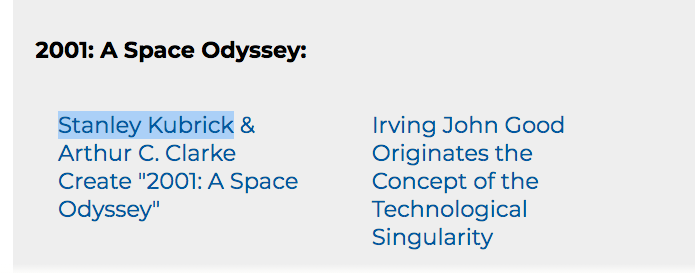
Kubrick history and NASA partnership scroll about 2/3 down.
Hal 9000 sings Daisy
Daisy, Daisy (2001: A Space Odyssey Fan Tribute)

Was he?
HAL H before I, A before B and L before M
Not much is out there on Carol Lockbaum. [interesting last name?]
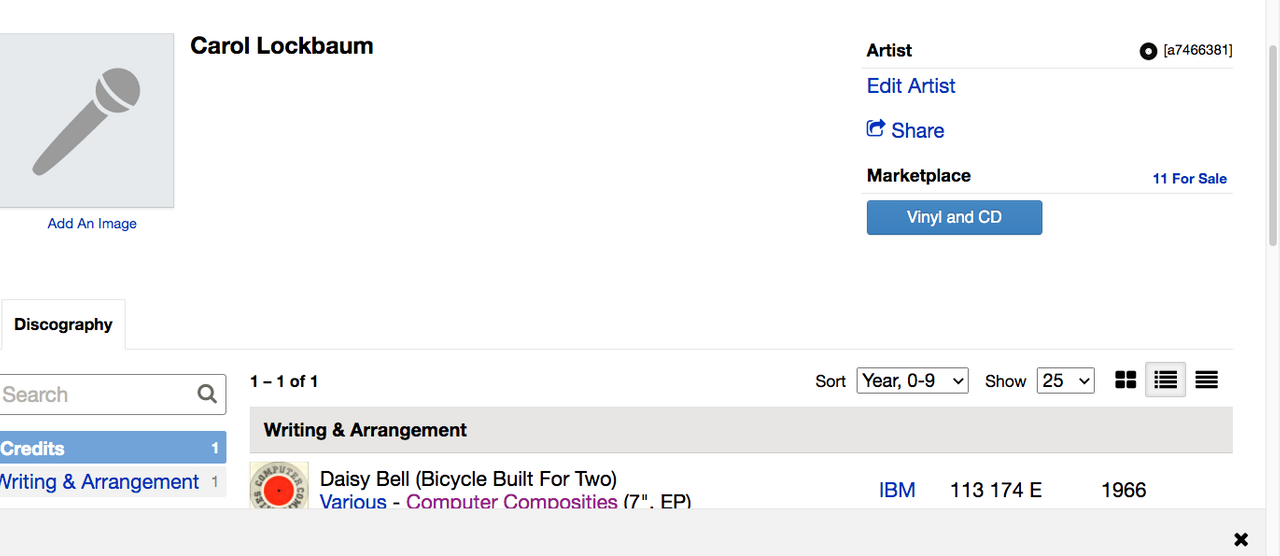
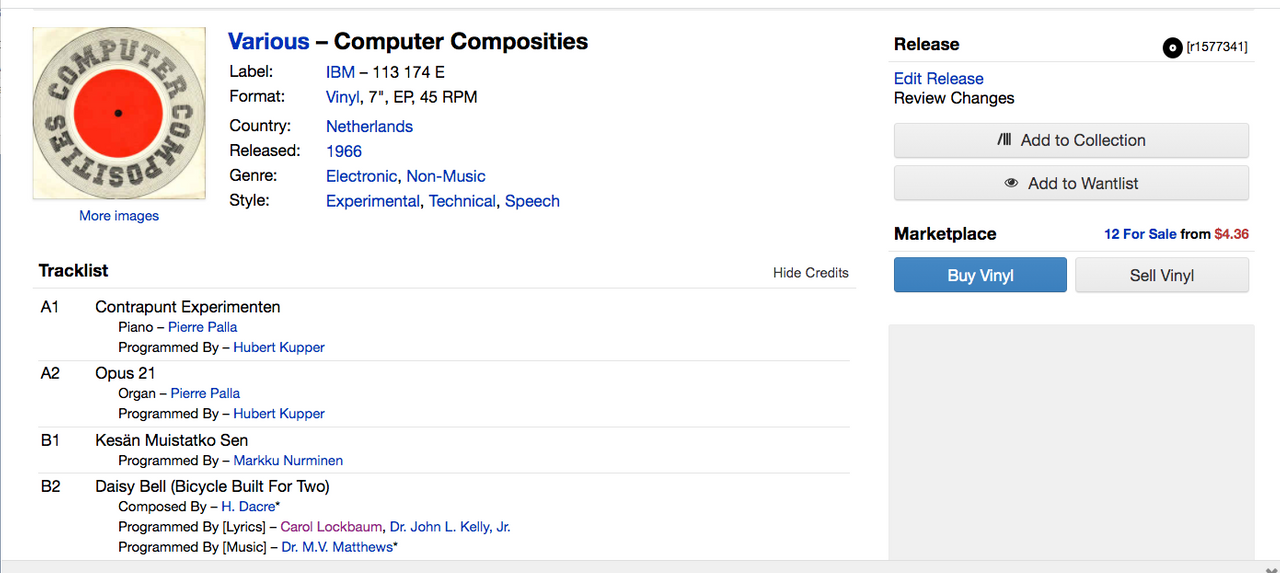
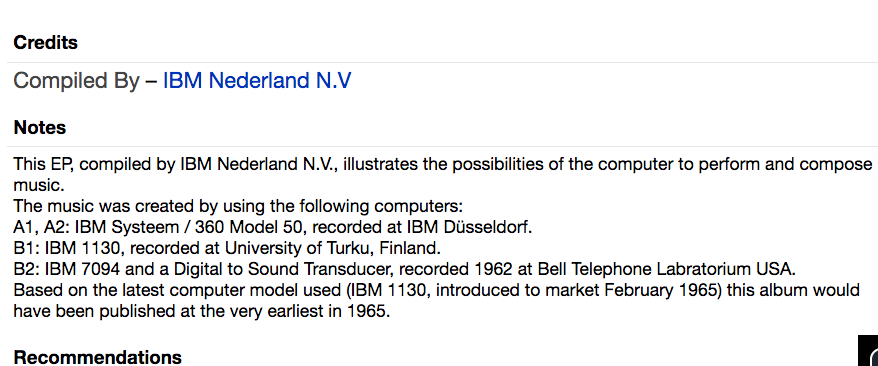

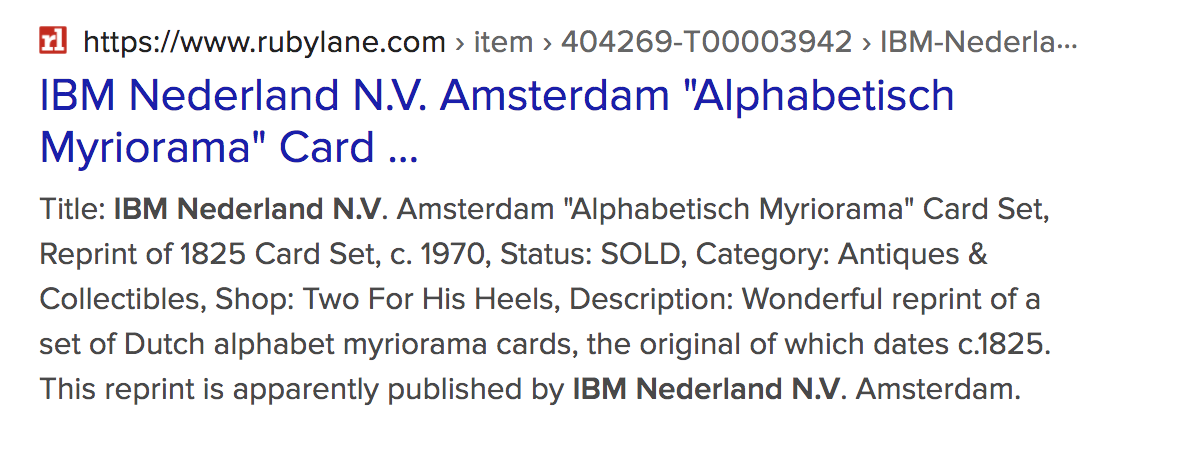

DOCUMENT FOUND ON OLD IBM COMPUTER FOR PARTS SHOWING PLAN OF ELITES WITH PROOF. LUDLOW MASSACRE
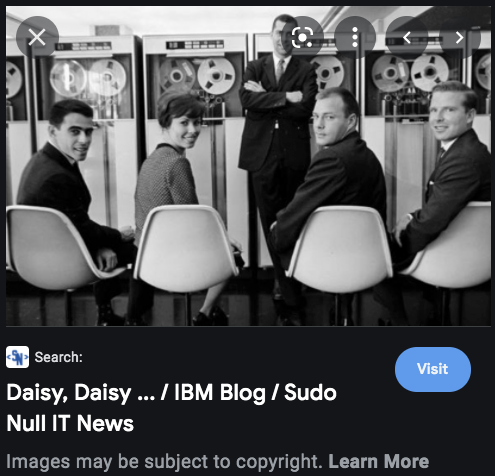
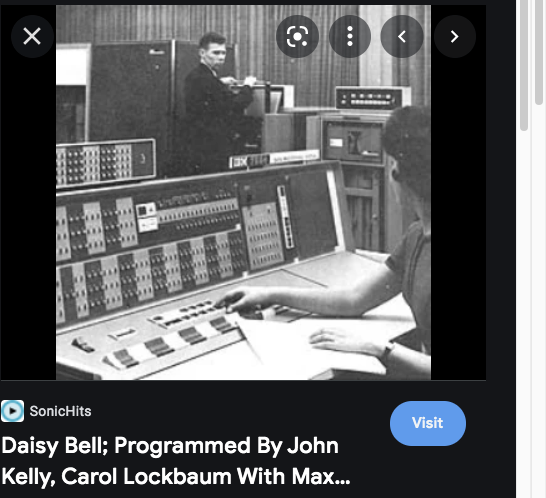
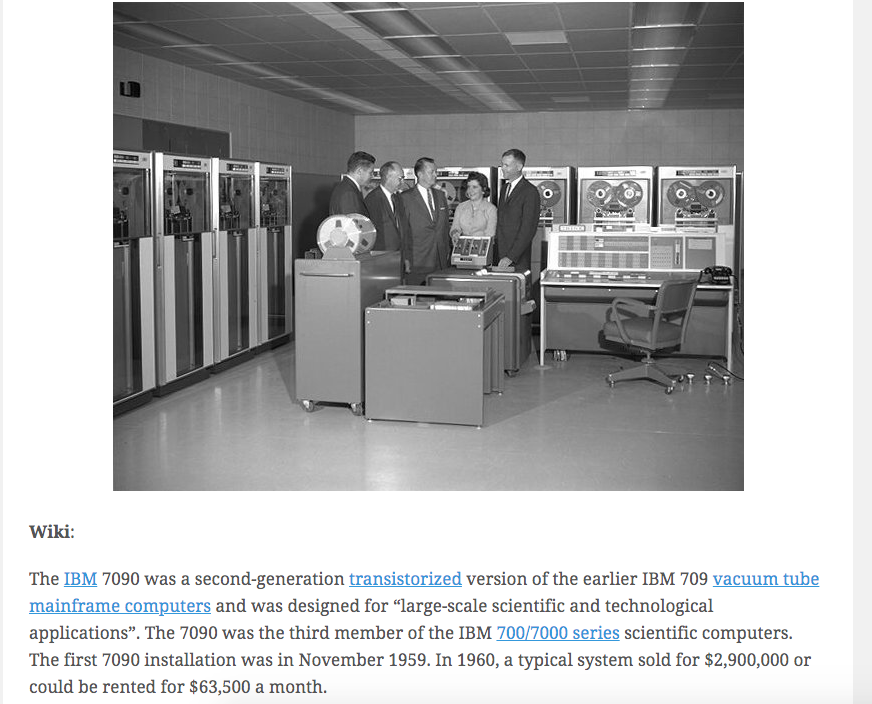
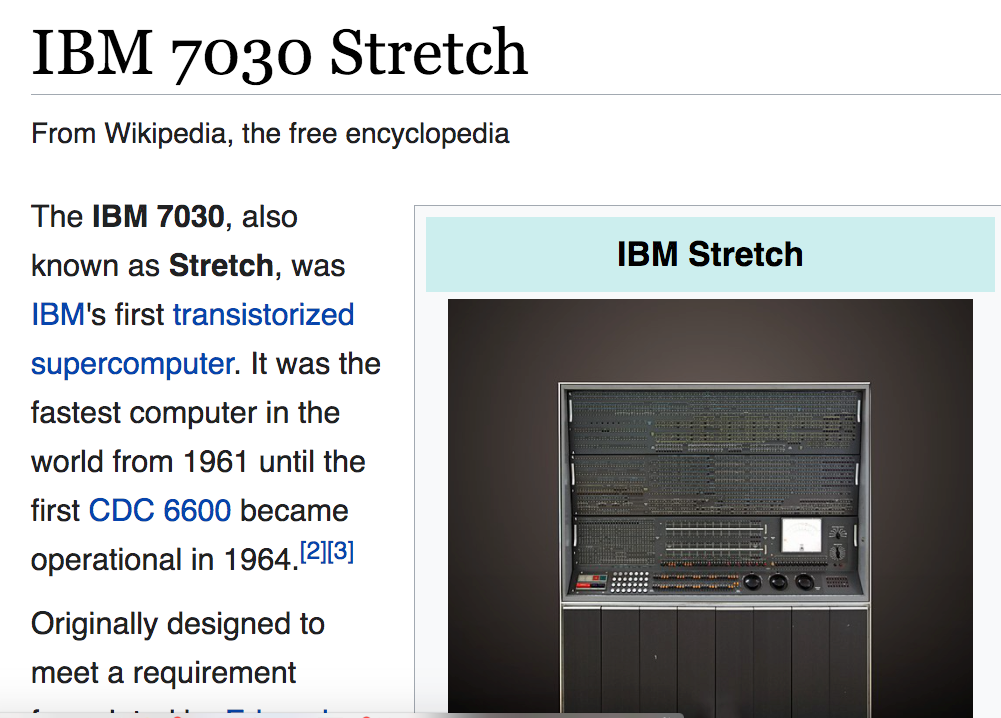
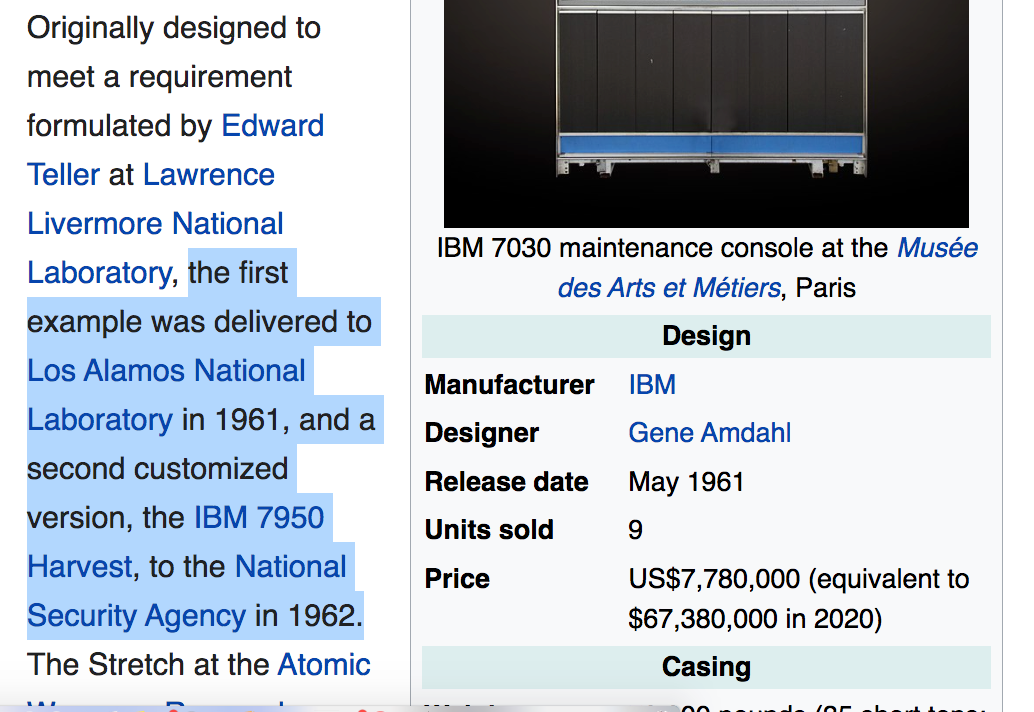
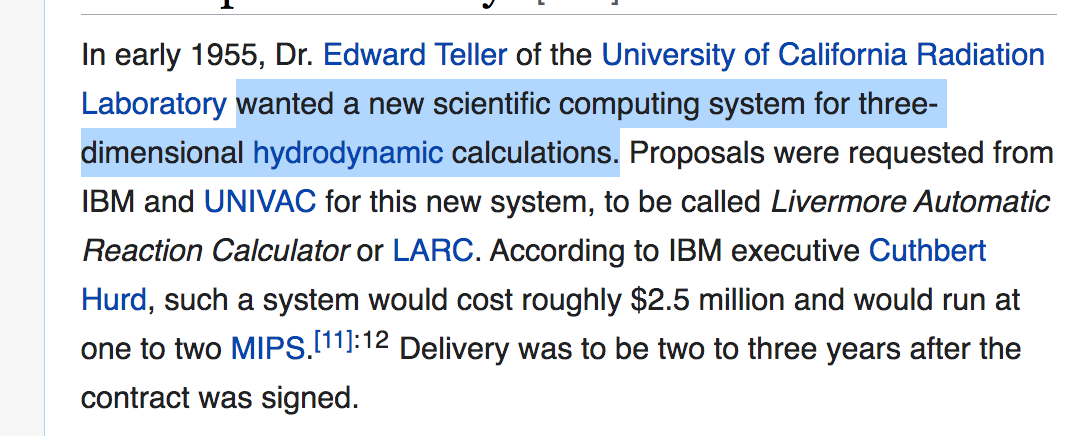

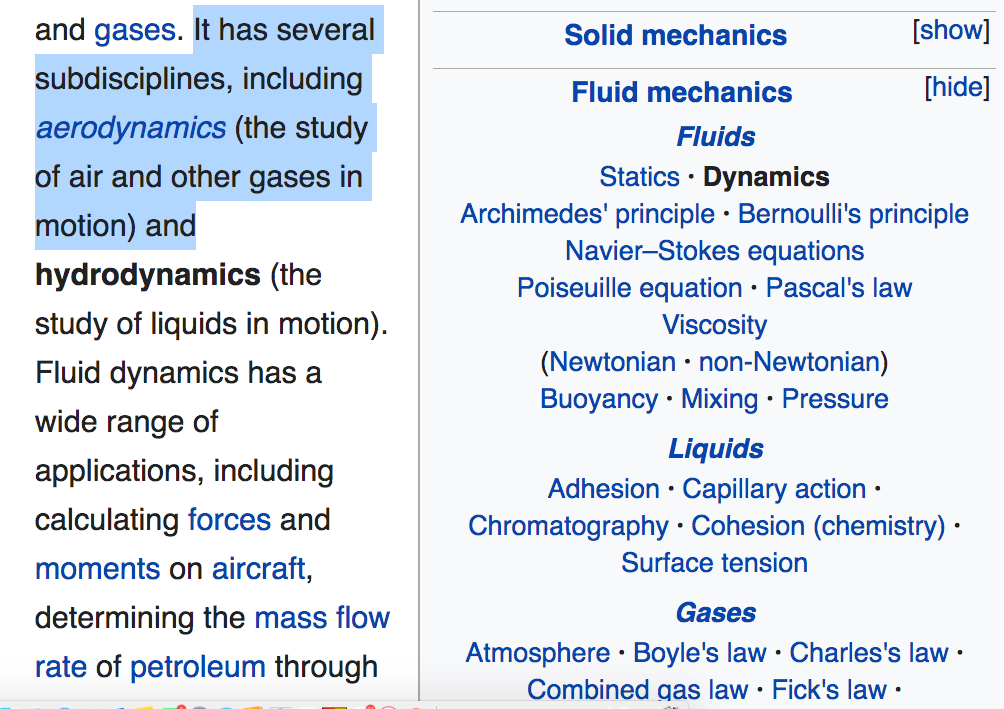
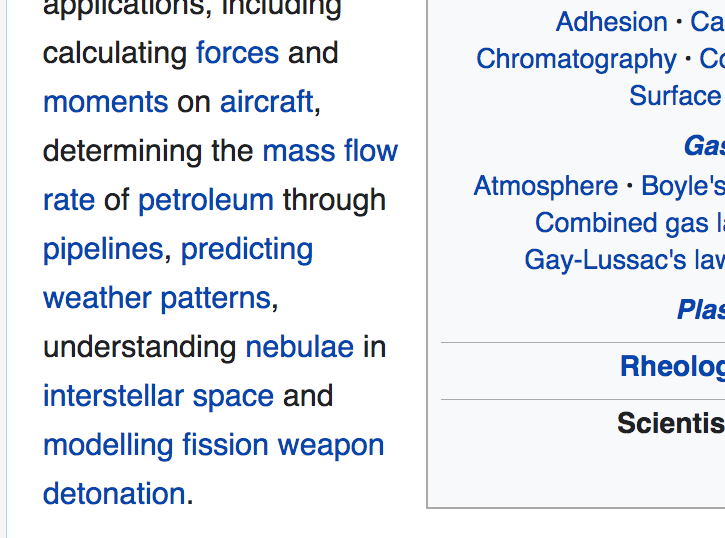
Guess who else was interested in fission and fusion while using Russian Scientists' work and publishing through his Pergamon Publishing prior to owning Mirror Publishing?
Robert Maxwell, Ghislaine Maxwell's father, who has Quite the interesting history!
ROBERT MAXWELL HIS REAL NAME, HIS POSITION IN ARMY, UKRAINE BIRTH, TRIPS 1950'S YT WOULDN'T LET THRU
See a playlist on Ghislaine, her twin sisters, family and father here,
https://www.bitchute.com/playlist/bHM3CdslNpJd/
Another Fun Fact,
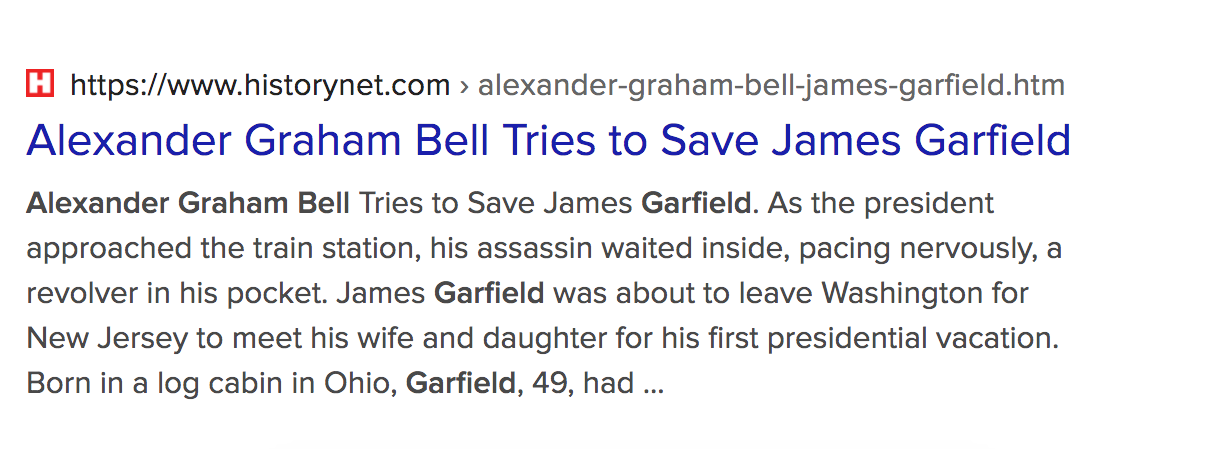
ROBERT MAXWELL HIS REAL NAME, HIS POSITION IN ARMY, UKRAINE BIRTH, TRIPS 1950'S YT WOULDN'T LET THRU
From History.Net
Originally published in the February 2016 issue of American History magazine.
Watching Garfield closely, Charles Guiteau pulled out his revolver. Guiteau was a crooked lawyer, a failed evangelist and a lunatic who believed that God had commanded him to kill Garfield in order to “unite the Republican party and save the Republic.” He stepped behind the president and fired two shots. The first bullet sliced Garfield’s right arm. The second slammed into his back and broke two ribs before lodging in fatty tissue behind his pancreas.
Alexander Graham Bell was visiting his in-laws in Boston when he learned that Garfield had been shot and that doctors couldn’t find the bullet in his torso. Already famous for inventing the telephone, Bell, 34, immediately began pondering how to locate the bullet. Years earlier, while working on telephone technology, he had accidentally discovered an electronic method of detecting hidden metal. Now, he set to work, trying to create a machine that could find the bullet inside the president.
Meanwhile, Garfield lay in a White House bedroom, under the care of a physician with the unlikely name of Dr. Doctor Willard Bliss. (His parents had named him “Doctor” to suggest a career path.) A childhood acquaintance of the president, Bliss served as a Union Army surgeon before practicing medicine in Washington, where he advertised a South American herb called cundurango as a “wonderful remedy for Cancer, Syphilis, Scrofula, Ulcers, Salt Rebum and All Other Chronic Blood Diseases.”

Again and again, Bliss searched for the bullet by sticking his unwashed fingers and unsterilized instruments deep into Garfield’s wound. He should have known better: Joseph Lister and other scientists had already proved that infections were caused by germs and could be prevented by antiseptic practices. But Bliss was among the many American doctors who pooh-poohed the notion that tiny invisible bugs could cause infections. He was wrong, of course, and his unsterilized probing of Garfield’s wound caused an infection that spread to the president’s bloodstream.
In Boston, Bell worked on his metal detecting machine—he called it an “induction balance” device—and wrote to Bliss, volunteering his services. Bliss summoned the famous inventor to the White House in mid-July to discuss the machine, but he didn’t immediately permit Bell to test it on the president. Bell returned to his Washington laboratory, where he kept tinkering with his invention, testing it on Civil War veterans who carried bullets in their bodies. Sometimes his device detected the bullets, sometimes it didn’t.
Weeks went by and Garfield grew sicker. The president was conscious and surprisingly cheerful, but his wound oozed vile yellow pus and his fever spiked to 104 degrees. Bliss, who’d been issuing optimistic medical bulletins for weeks, worried that his famous patient might die. On July 26 the desperate doctor wrote to the inventor.
“Would you do us the favor to call at the Executive Mansion at about 5 p.m. today,” Bliss asked Bell, “and work the experiment with the Induction Balance on the person of the President?”
Bell came to the White House and set up his machine. It was a strange-looking device with a wooden handle, a battery, a condenser and a telephone receiver that Bell held to his ear to listen for the sound made when the device detected metal. But when he tested it, he heard a strange sputtering noise in the receiver. Before he could correct that problem, Bliss summoned him into Garfield’s room. Bell was shocked at the president’s ashen color. “It made my heart bleed to look at him,” Bell wrote, “and think of all he must have suffered to bring him to this.”
The president asked Bell a few questions about the device. Satisfied with Bell’s answers, Garfield consented to the test. Attendants rolled him onto his left side and he leaned his head on an aide’s shoulder while Dr. Bliss removed the dressing over his wound.
The test began: Bliss passed Bell’s device over the president’s back, while Bell held the receiver to his ear. But the sputtering sound in the receiver made hearing difficult. Bell detected sounds but they were “uncertain and indefinite,” and he failed to locate the bullet.
“I feel woefully disappointed & disheartened,” Bell wrote to his wife that night. He felt even worse the next morning when he realized that he had caused the sputtering sound by assembling his machine improperly in the White House.
Garfield grew sicker, and Bliss summoned Bell back to the White House. Bell arrived for his second visit on August 1, confident that his machine was functioning better than ever.
This time, Bliss insisted that Bell test only the right side of Garfield’s body, where Bliss was certain the bullet lay. Holding the receiver to his ear, Bell heard a sound but it was weak and it didn’t resemble the usual noise made when the machine detected metal.
Bliss informed reporters that Bell’s machine had confirmed his belief that the bullet was on the lower right side of the president’s torso. But Bell wasn’t so sure. He wondered if perhaps there was some metal in the president’s bed that interfered with the test. He went to the White House the next day and learned that the president lay on a mattress “composed of steel wires.”
Bell obtained an identical mattress. When he passed his machine over it, he heard the same odd sound he’d heard when examining Garfield. Obviously, his machine had detected the wires, not the bullet.
Bell was eager to try again, but he never got the chance. On September 19, after 79 days of agony, James Garfield died of septic poisoning that was almost certainly caused by Bliss’ repeated unsanitary probing of his wound. An autopsy revealed that the bullet was on the left side of his torso, not on the right, where Bliss insisted that Bell look for it.
“Garfield died from malpractice,” proclaimed Guiteau, the man who shot the president. He had a point, but the jury convicted him anyway. After he was hanged in 1882, doctors chopped his brain into cubes, searching for the source of his madness. They didn’t find it.
Meanwhile, Bell continued tinkering with his induction balance machine, ultimately creating a device used for decades by battlefield surgeons searching for hidden bullets in wounded soldiers.
https://www.historynet.com/alexander-graham-bell-james-garfield.htm
Back to IOIO
Does it also look like 1's and 0's?
Anyhow came across this song,
from the Bee Gees,
From The Film "CUCUMBER CASTLE" 1969
BEE GEES - I.O.I.O
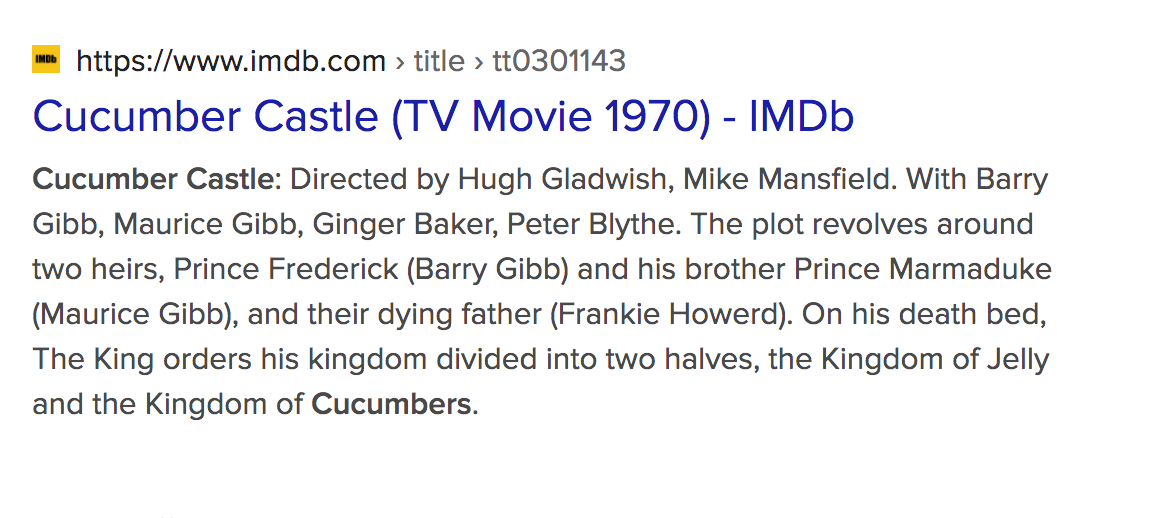
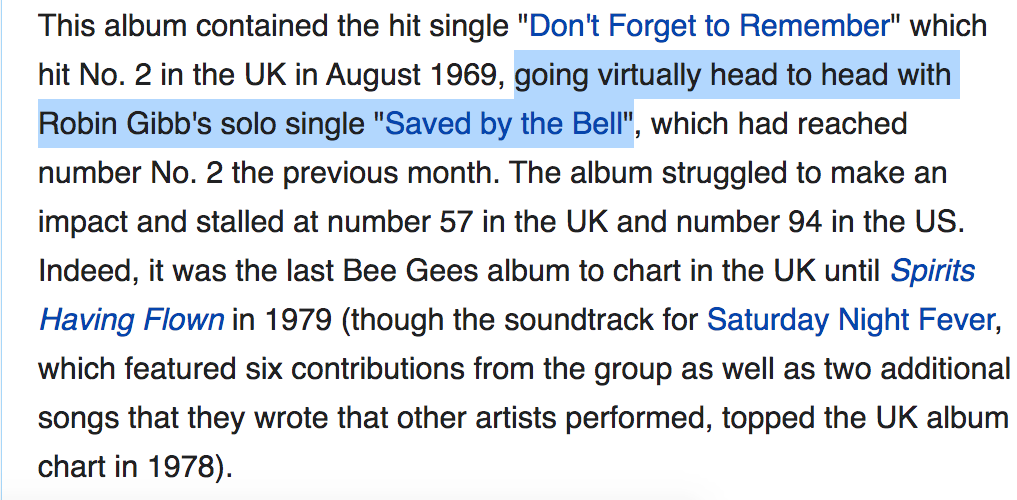
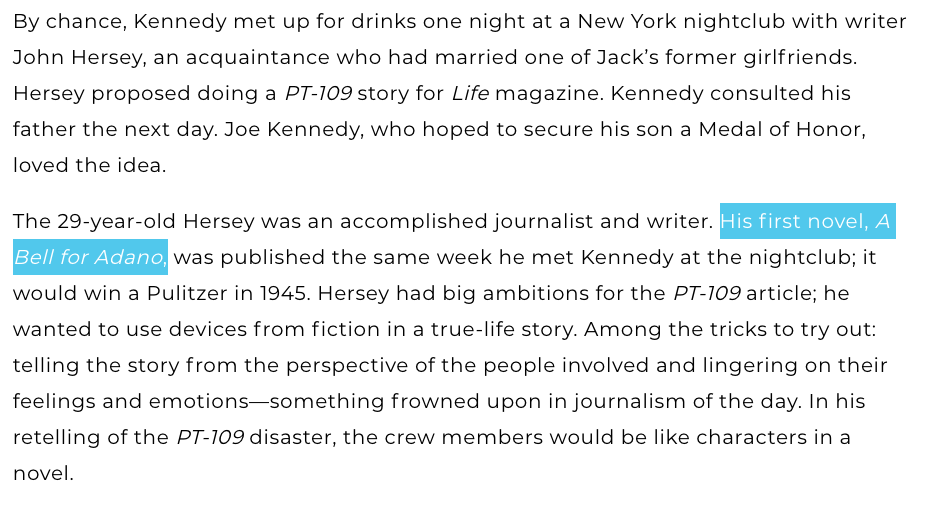
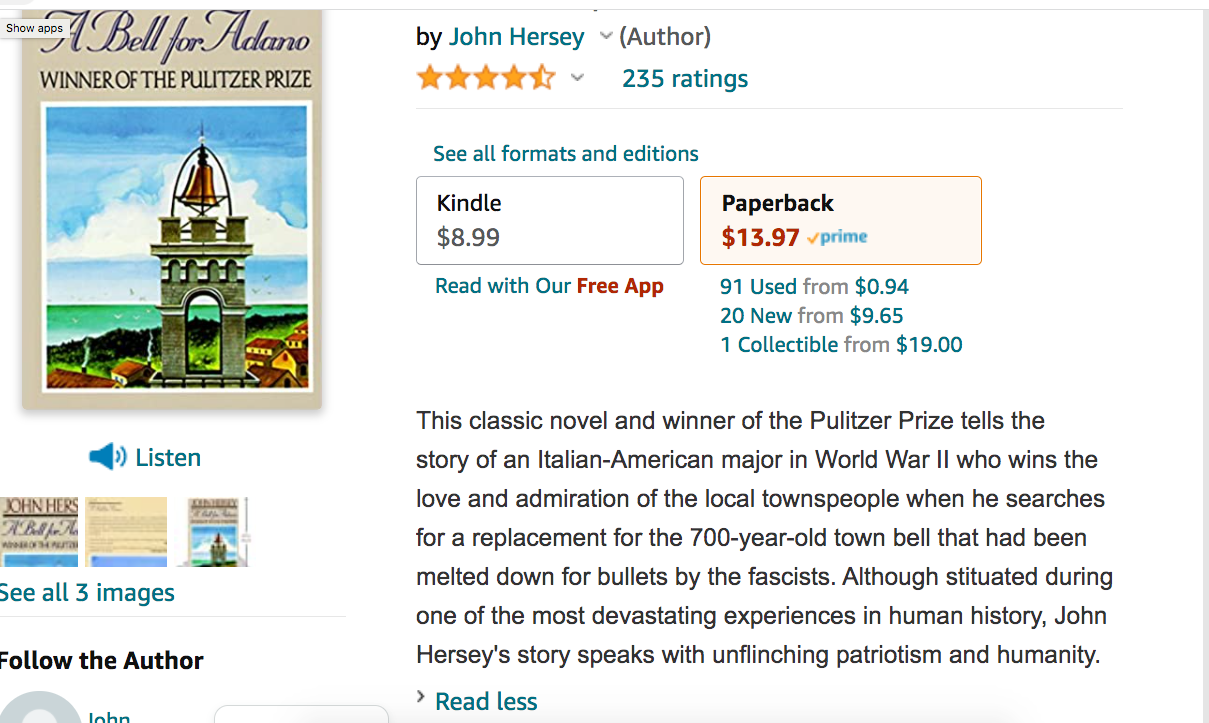
PT 109
1963
https://www.imdb.com/title/tt0057393/
Plum Island- how many are there? Super Prison for deadly animal diseases? Can they affect us? Some seem to think so concerning what everyone is Fearful of Right Now from 2019-2021
Interesting?
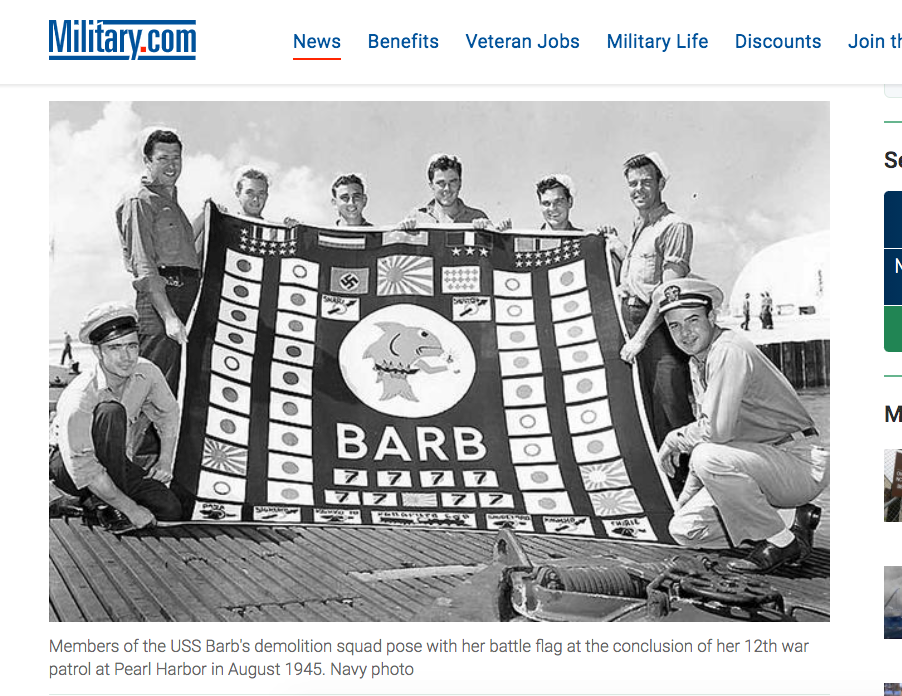
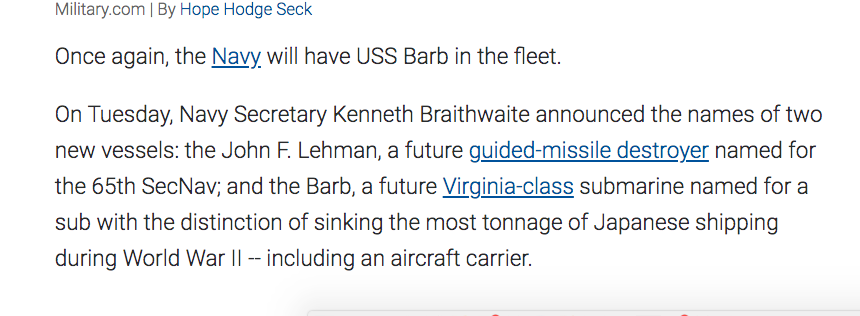



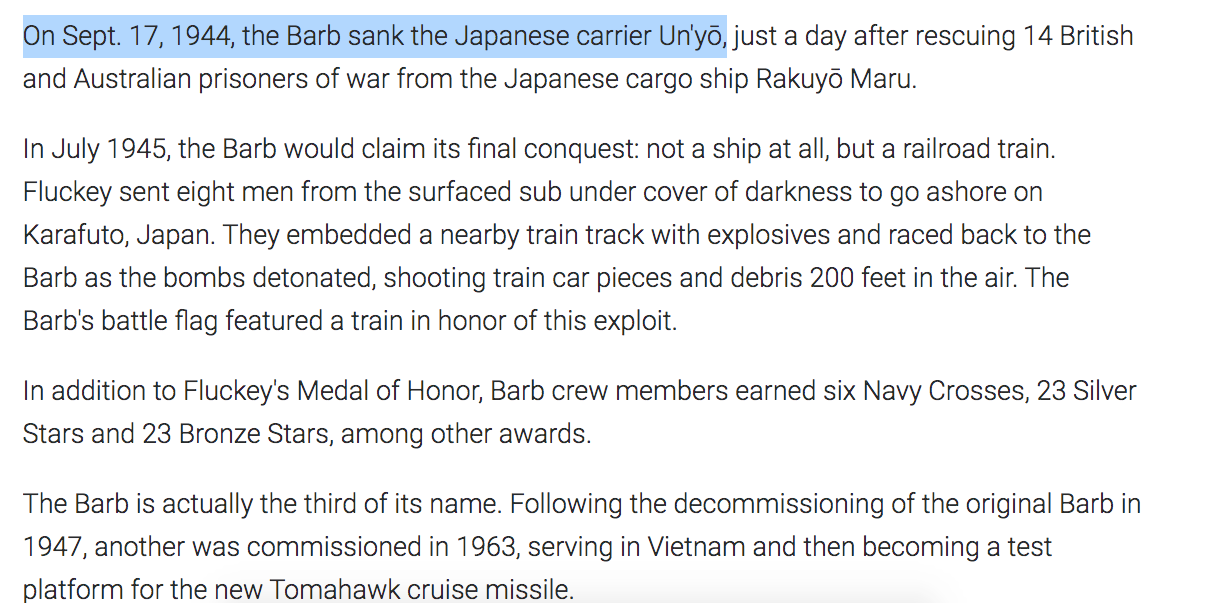
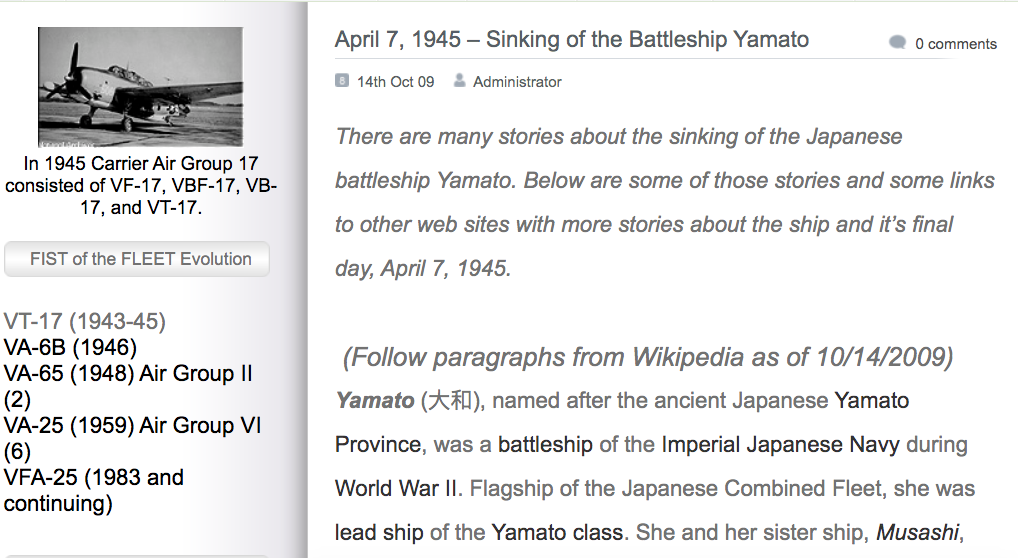

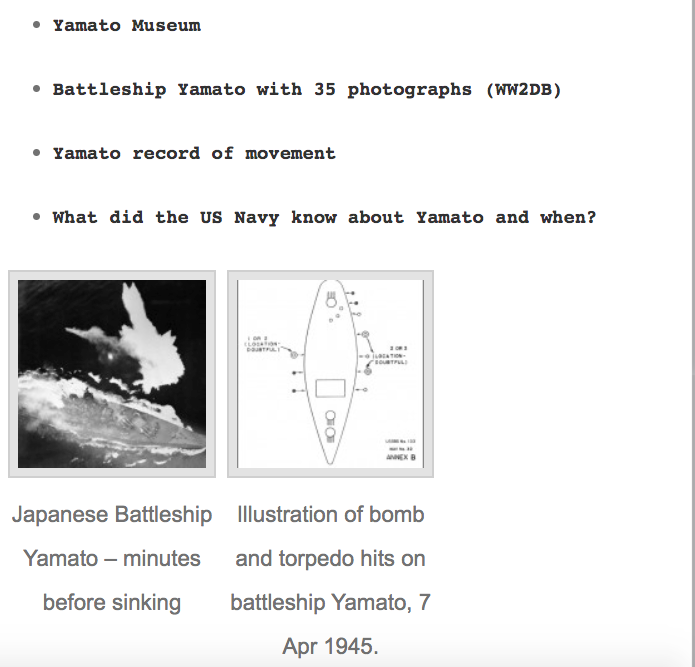
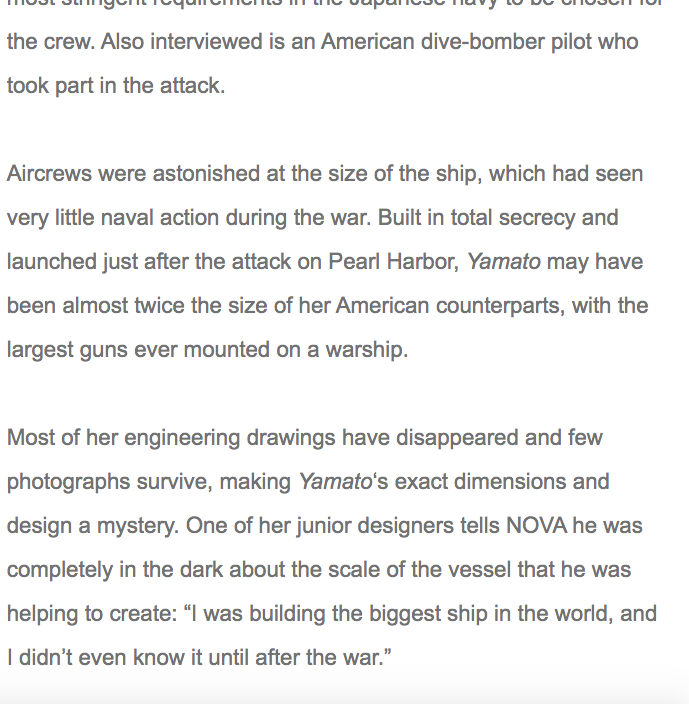
https://vt17.com/blog/archives/34
Facebook Frames on this archived here,
We all have seen the photos of JFK's Yacht, but something caught my eye while researching this history. Okay, maybe a LOT of somethings, but it was Well Worth going on these adventures down the rabbit hole!
Did you know JFK named his Yacht after his Grandfather the Pixie Mayor of Boston who was charming and known for singing Sweet Adeline?
John Francis "Honey Fitz" Fitzgerald
An opponent of Fitzgerald's during the campaign was P. J. Kennedy, a behind-the-scenes Democratic figure. They later became allies. In 1914, their families were united when P. J.'s son Joseph P. Kennedy Sr. married Fitzgerald's eldest daughter Rose.
Fitzgerald was the first American-born Irish Catholic to be elected Mayor.
He was known as a charmer, friend of the working class and was one of the only guys able to getting away with singing Sweet Adeline sober as anyone else was generally harassed for doing so.
In 1946, when John Fitzgerald "Jack" Kennedy decided to run for Congress, 83-year-old Honey Fitz helped him plan his campaign strategy. At the victory celebration, Fitzgerald danced an Irish jig, sang "Sweet Adeline," and predicted that his grandson would someday occupy the White House. Shortly after his election to the presidency, President Kennedy renamed the presidential yacht the Honey Fitz in honor of his maternal grandfather.
Inside this Facebook Frames you will find a Deep Dive connected to McAfee Drops?
How about the IBM 7094 and Daisy Bell? You decide!
You will also see the Why's of binary being used and an interesting song I came across that is decades old titled I.O.I.O. from the Bee Gee's.
I.O.I.O. was mentioned in the McAfee drops along with
the 17 ships
Honey Fitz
Pretty interesting with McAfee's history and his career path.
How about that first computer to sing Daisy Bell?
Do you know who Daisy Bell was?
Did you know Alexander Graham Bell was brought in to help President Garfield when someone attempted to assassinate him?
Bell used his machine that relied on an electronic method of detecting hidden metal which was called an induction balance device.
Interestingly enough, the album that song I.O.I.O. was found on is called Cucumber Castle.
That album contained the hit single "Don't Forget to Remember" which hit No. 2 in the UK in August 1969, going virtually head to head with Robin Gibb's solo single "Saved by the Bell", which had reached number No. 2 the previous month.
The writer who wrote JFK's PT-109 story was a novelist, who had written A Bell for Adano.
Here is Amazon's summary on this novel,
This classic novel and winner of the Pulitzer Prize tells the story of an Italian-American major in World War II who wins the love and admiration of the local townspeople when he searches for a replacement for the 700-year-old town bell that had been melted down for bullets by the fascists. Although stituated during one of the most devastating experiences in human history, John Hersey's story speaks with unflinching patriotism and humanity.
Hear the story of what took place on the PT-109 and what were JFK's regrets? What all was involved?
Were you aware. . .
On March 11, 2008, McAfee announced a license agreement with the US Department of Defense. This agreement allowed the DoD to integrate McAfee’s VirusScan Enterprise and AntiSpyware Enterprise into the Defense Information Systems Agency’s cybersecurity solutions.
On August 19, 2010, Intel announced that it would purchase McAfee.
In September 2016, Intel announced their strategic partnership with TPG to turn McAfee into an independent cybersecurity company as a joint venture. That deal closed on April 3, 2017.
In 2011, McAfee also partnered with SAIC to develop anti-cyber espionage products for use by government and intelligence agencies, along with telecommunications companies.
Happy 10.22.2021
That's 11 Five Times
22,22 [11x2 twice] then the other 11
Anyone remember Exec order 11110? Timely?
You Decide!
Flip through the Frame Photos to get a sense of Connections as #ThereAreNoCoincidences!
#HoneyFitz, #IOIO, #ABellForAdano, #McAfee
https://www.facebook.com/melissa.mcgarity.14/posts/10224730104494497
More Sources,
https://www.loc.gov/static/programs/national-recording-preservation-board/documents/DaisyBell.pdf
https://wikilivre.org/culture/which-episode-of-cocomelon-has-daisy-bell/
https://reaktorplayer.wordpress.com/tag/daisy-bell/
https://www.historynet.com/john-f-kennedys-pt-109-disaster.htm
https://www.mrlocke.com/US_History/book_files/17.3.pdf
JFK's words live on. Have you been watching this all play out? The Fitz of it all consists of Germanic meaning Spear and Wald. Interesting JFK's name was Lancer, Jr's was LARK. Now who was Francis Scott Key Fitzgerald?
@artistiquejewels/mcafee-drops-from-start
https://library.e.abb.com/public/40ca285650303a2fc125703000709e95/1SFC132021M0201.pdf
https://indico.esss.lu.se/event/507/contributions/3833/attachments/3805/5210/Lund_-_EtherCAT.pdf

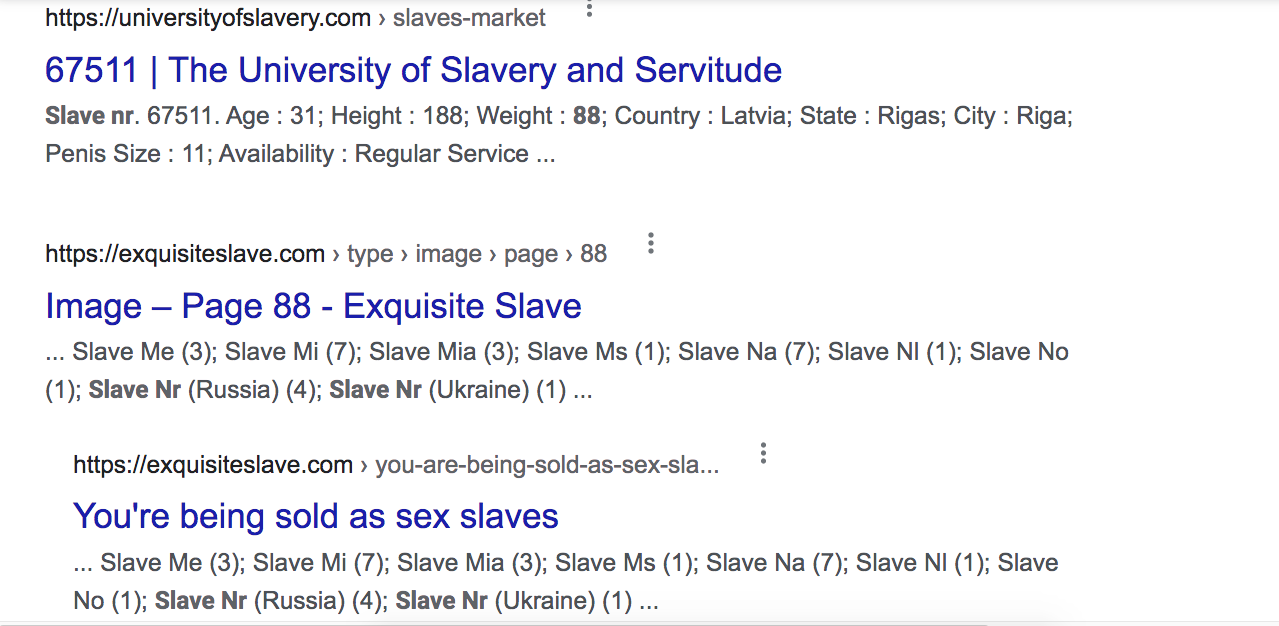

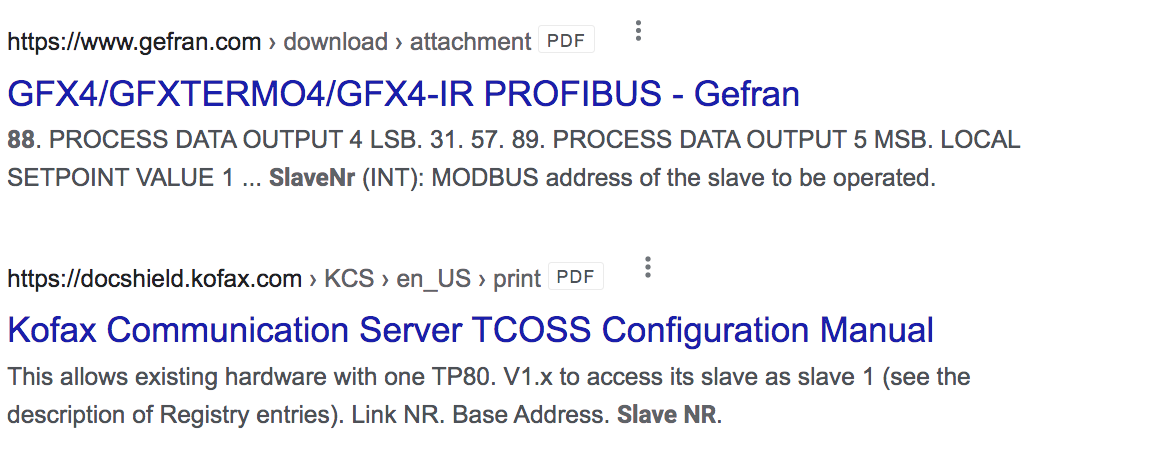
https://digmichnews.cmich.edu/?a=d&d=GladwinGCR18840815-01.1.1&e=-------en-10--1--txt-txIN----------
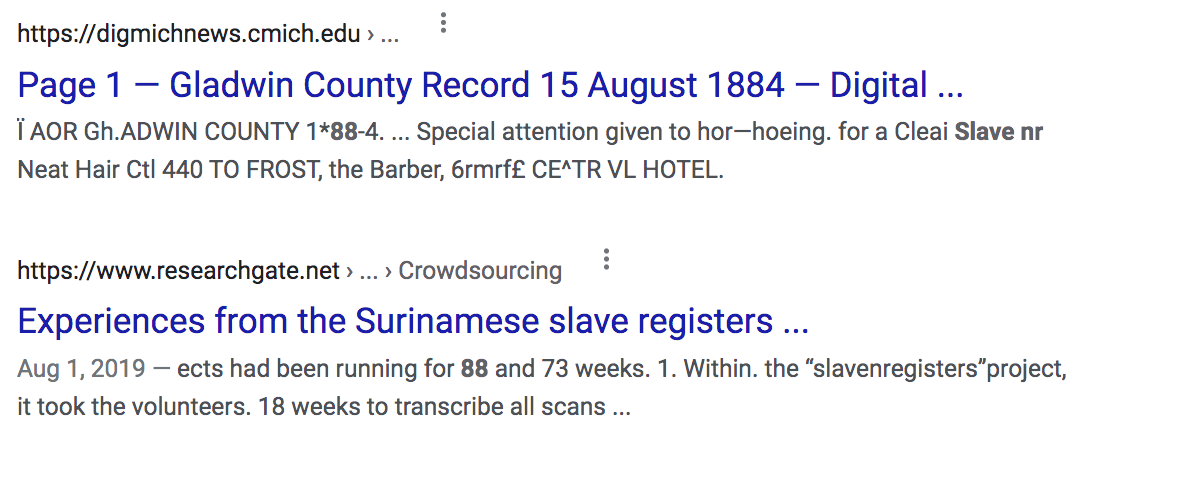
Special Ops historically set up by President Kennedy in the event of an Emergency for We the People?






